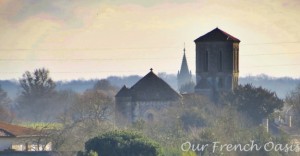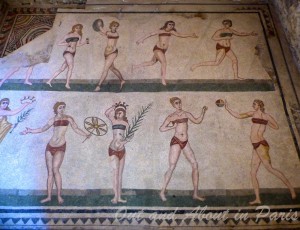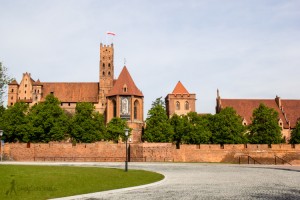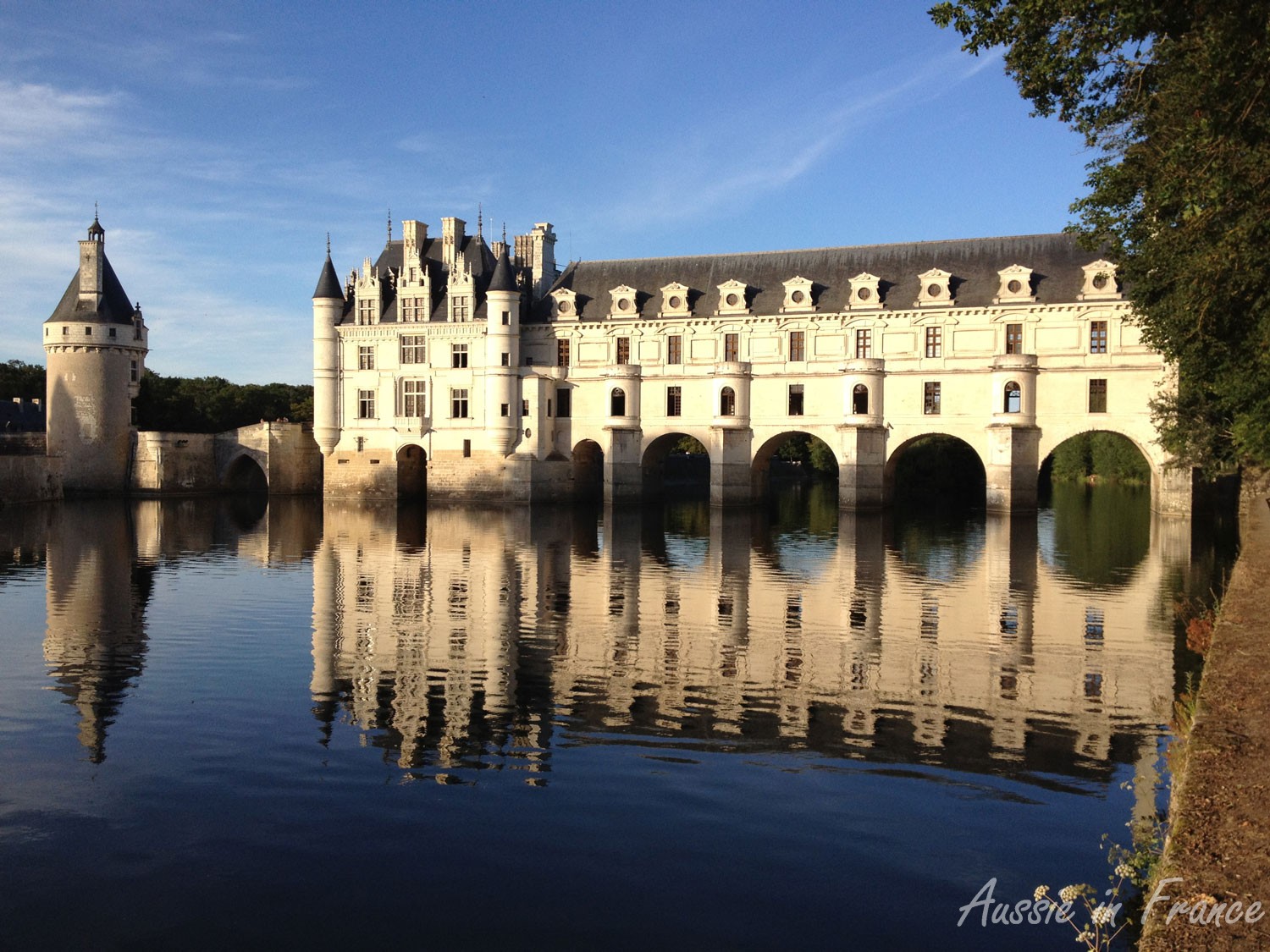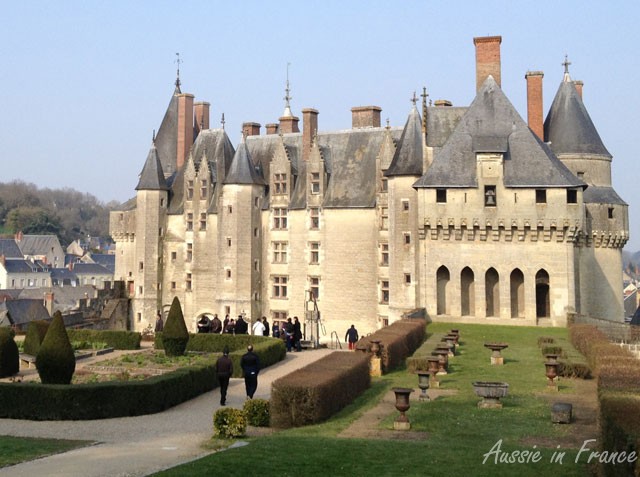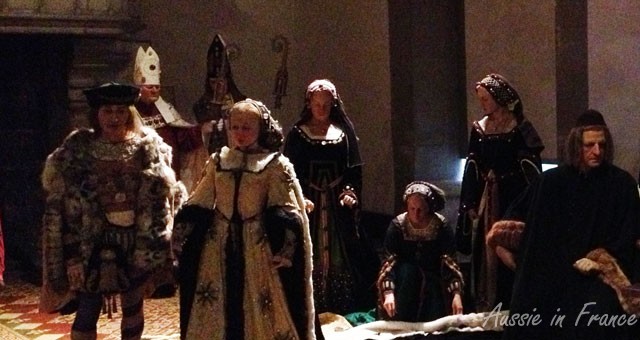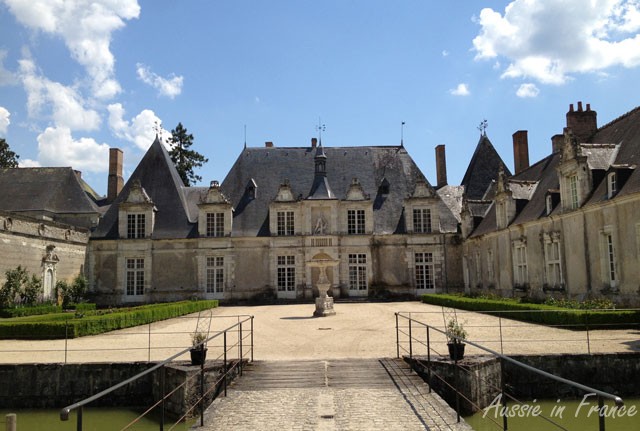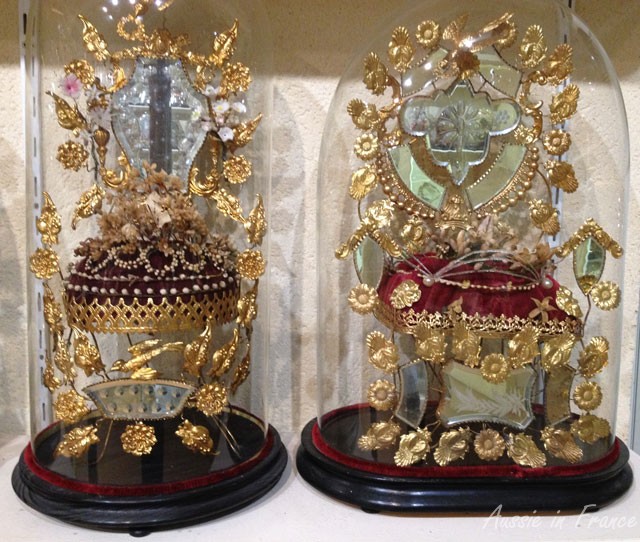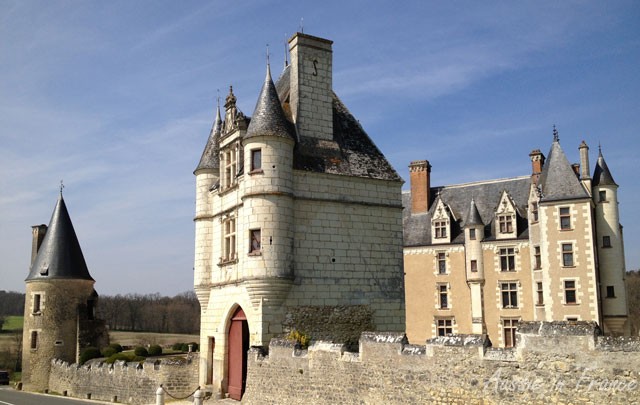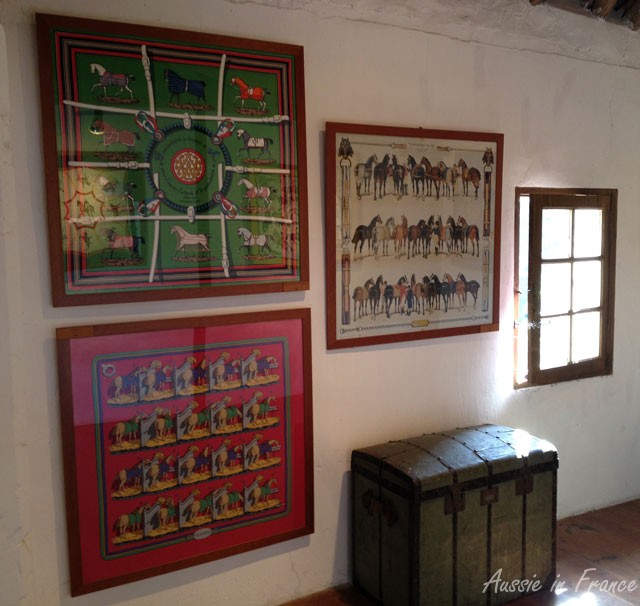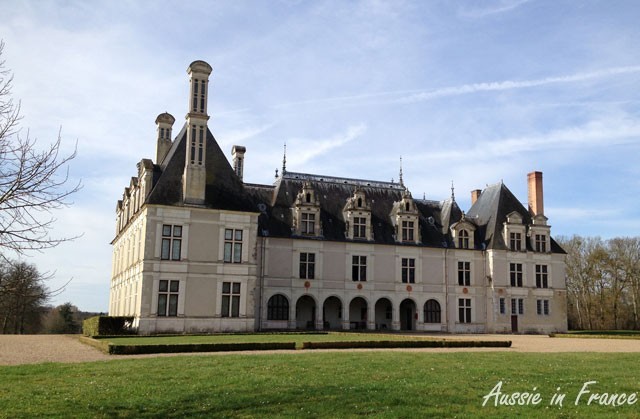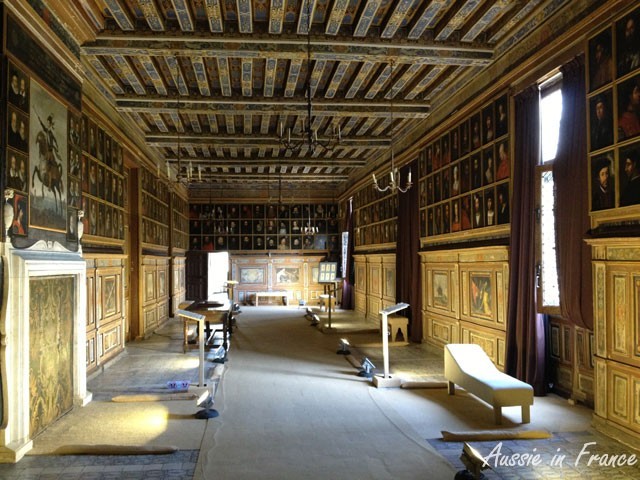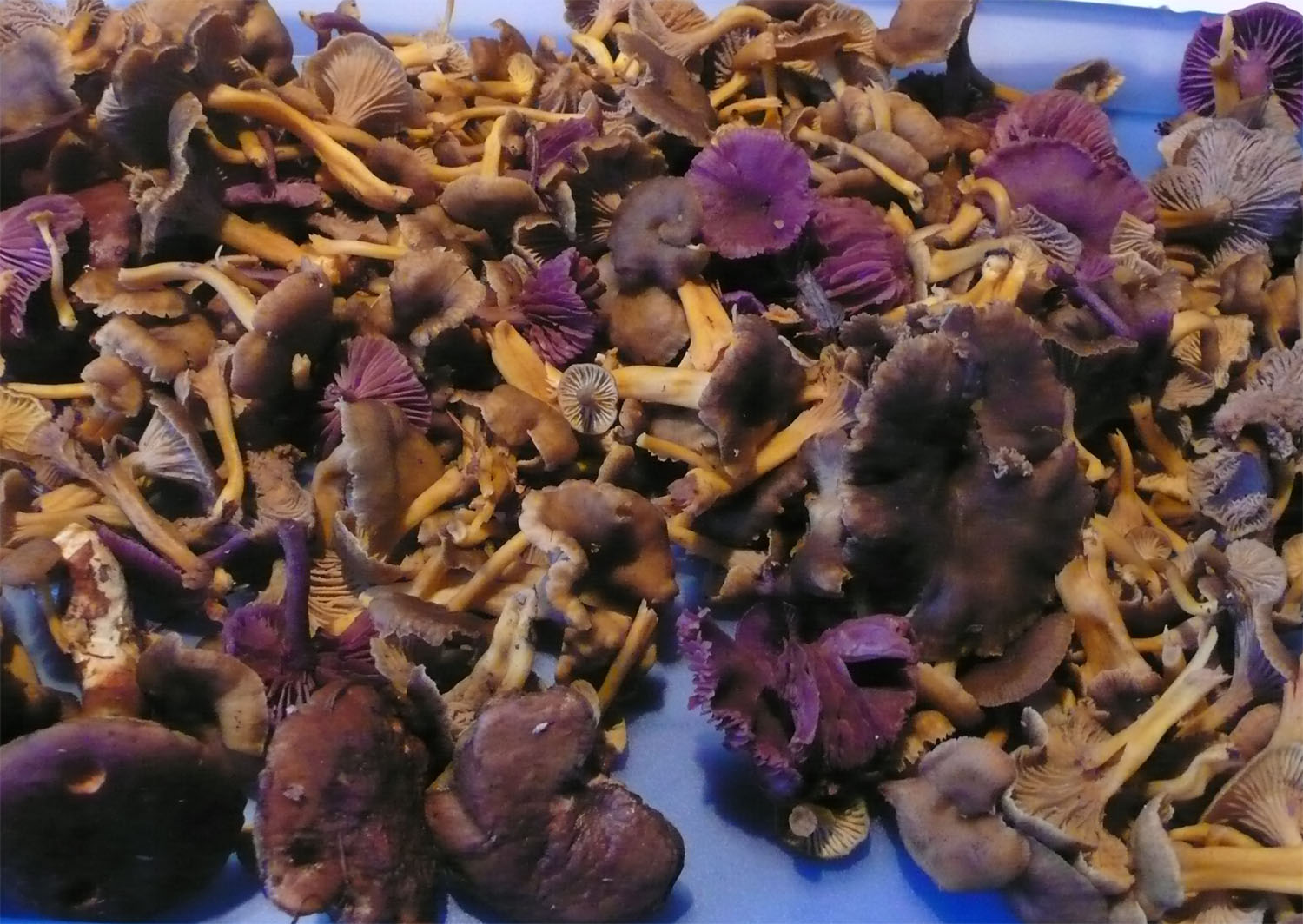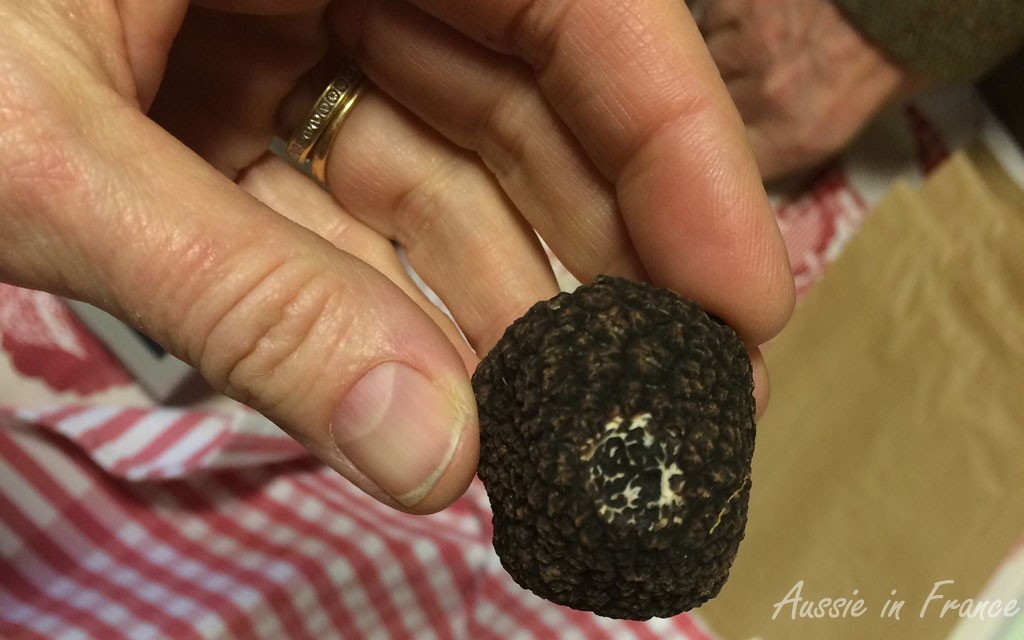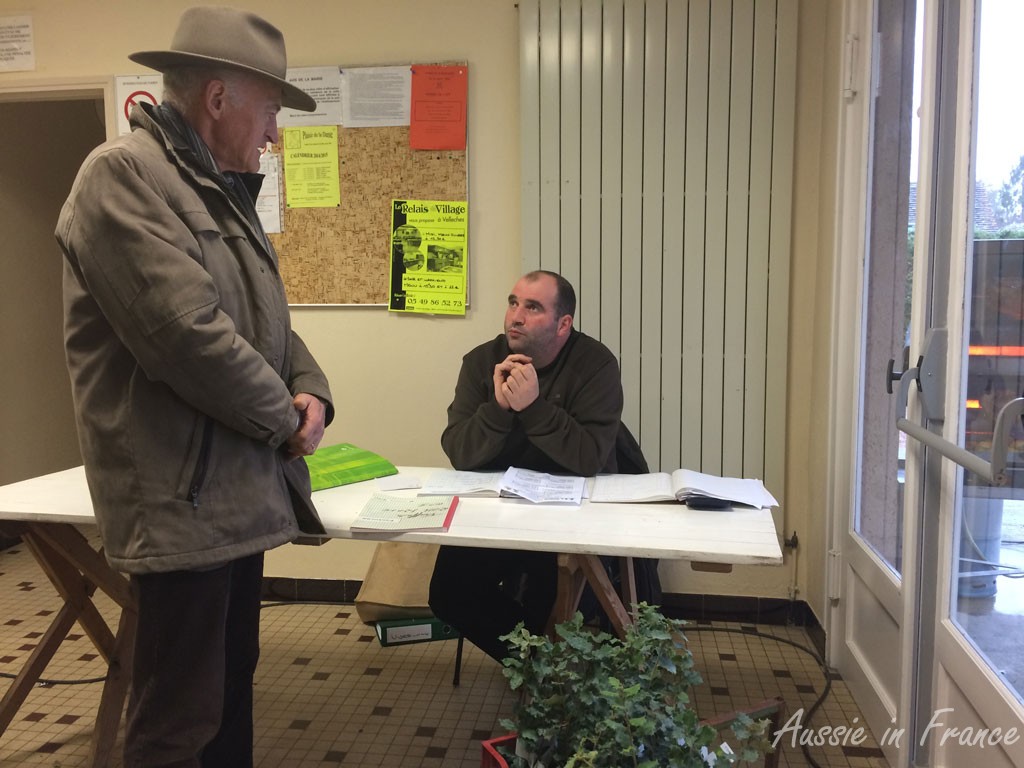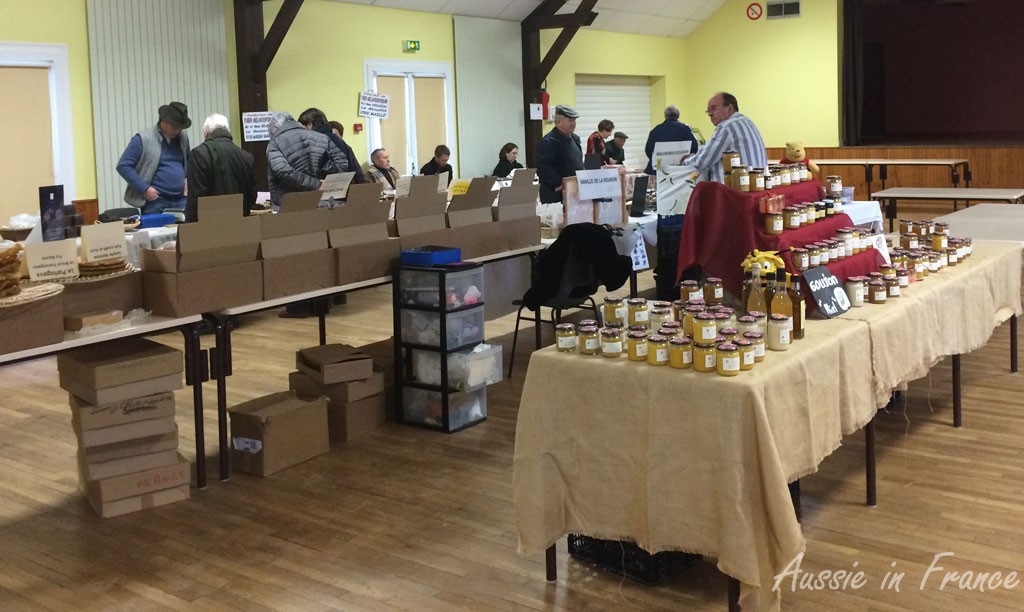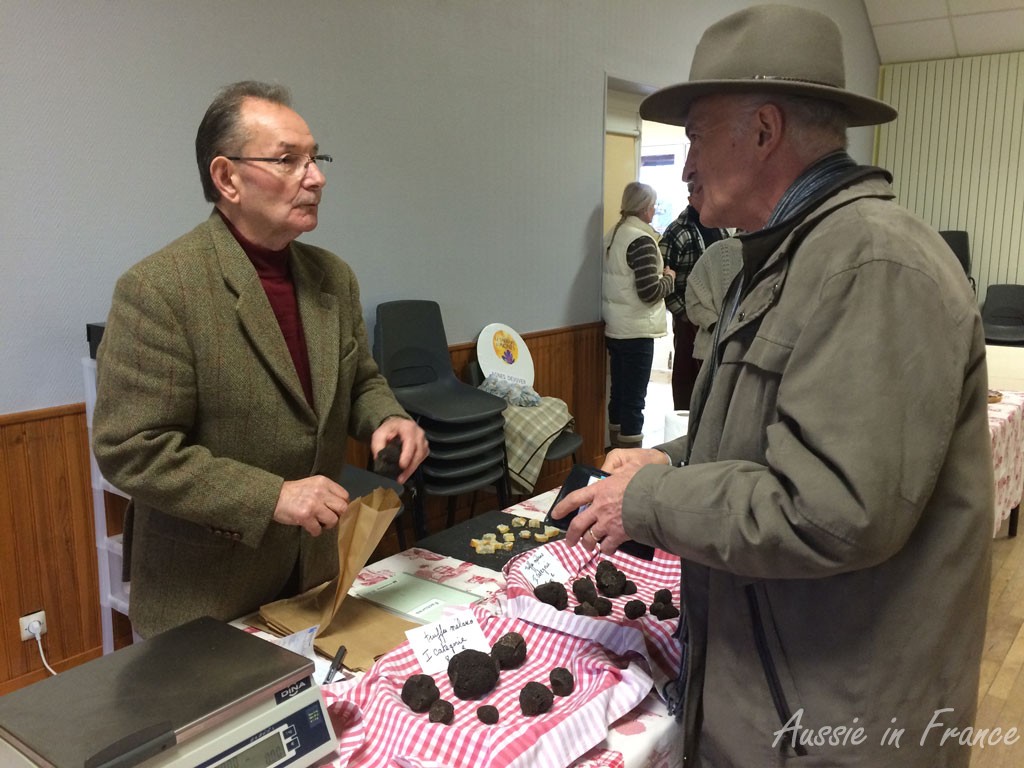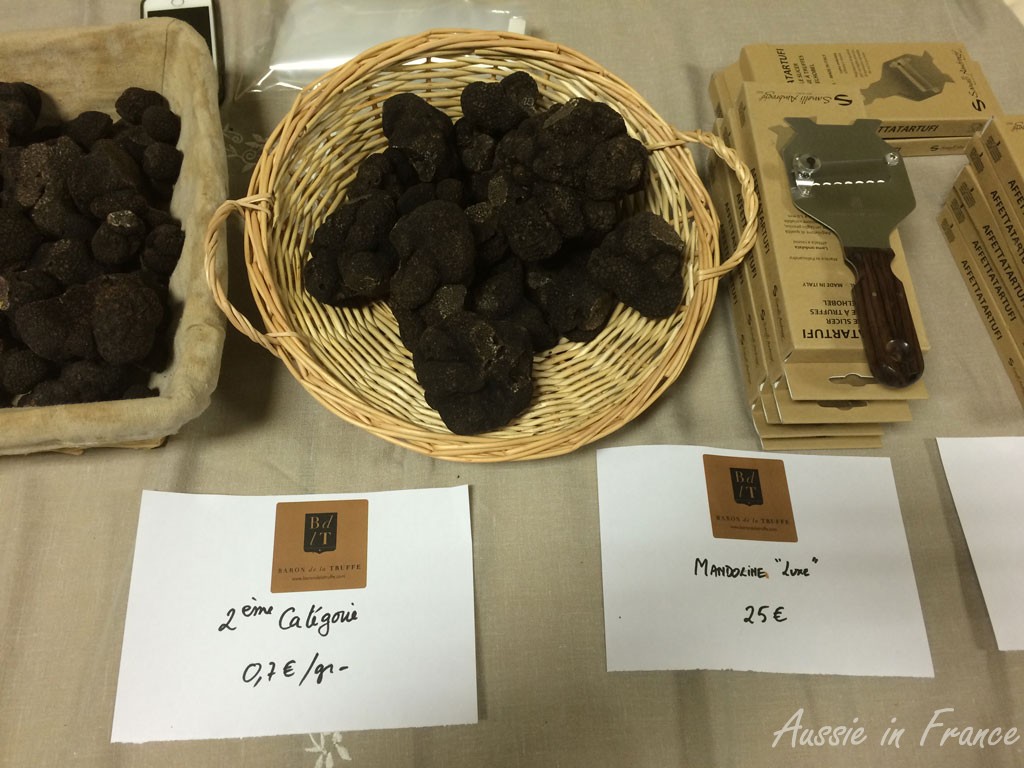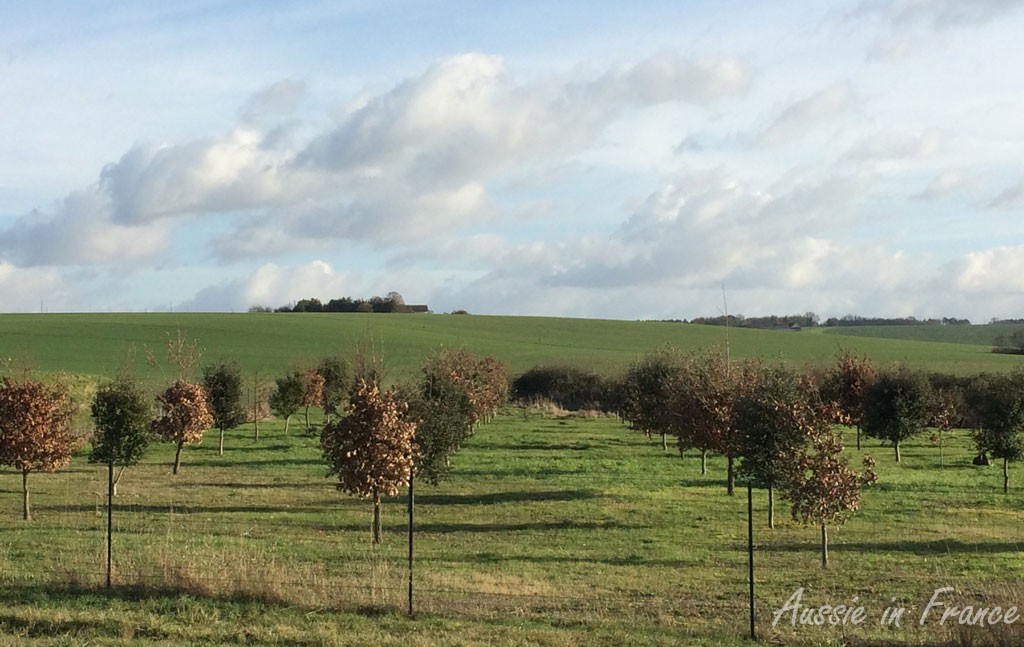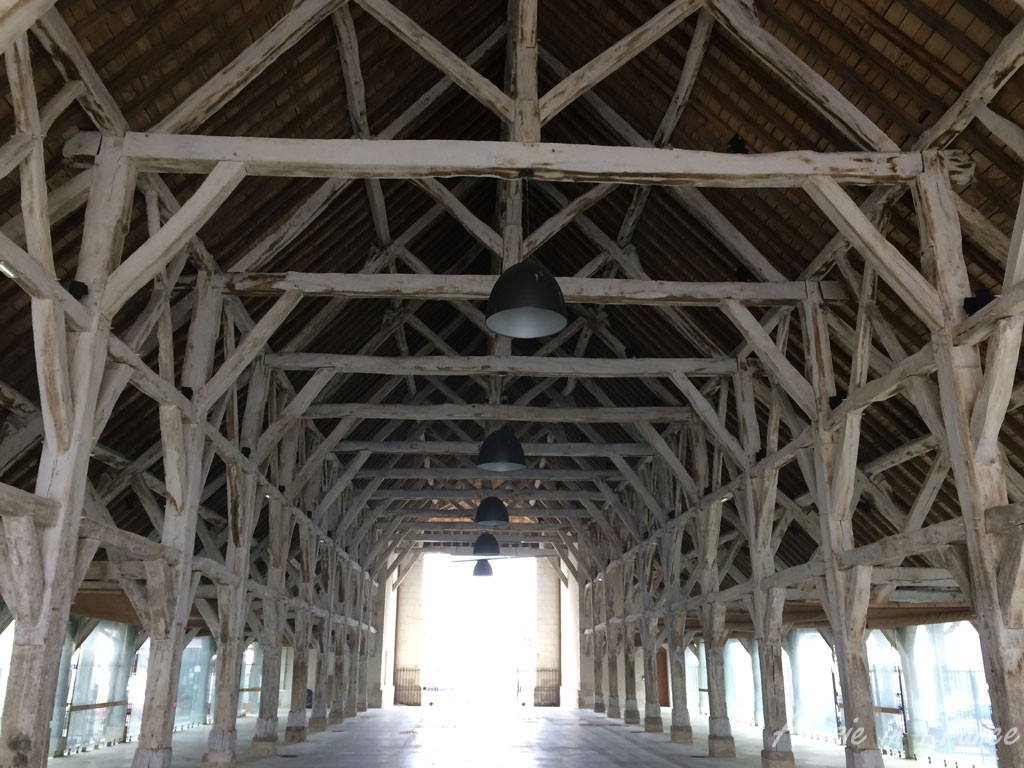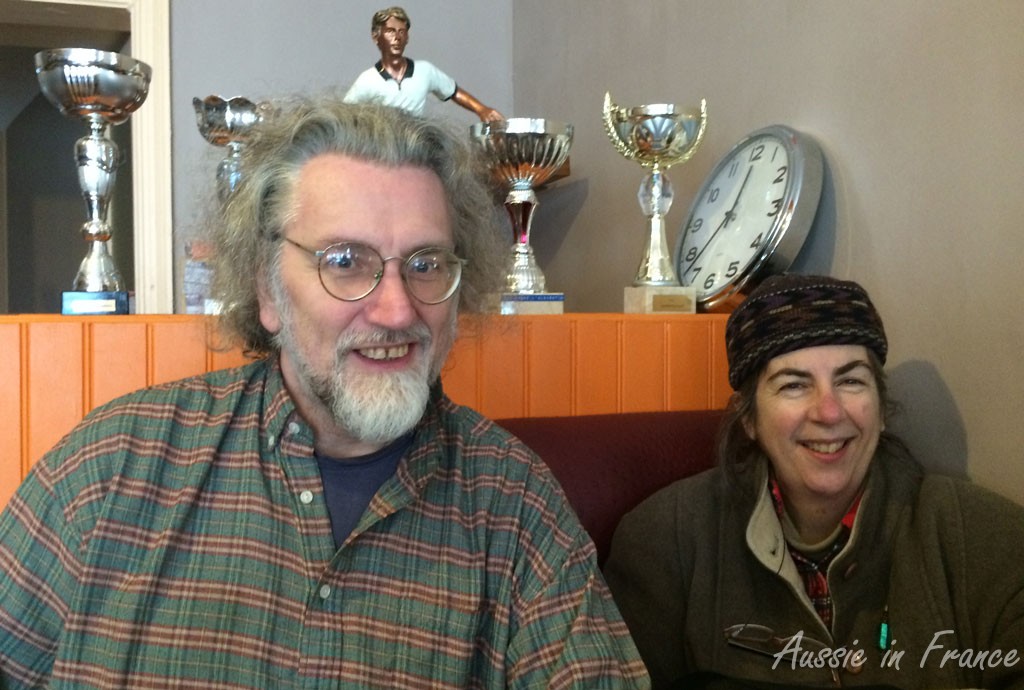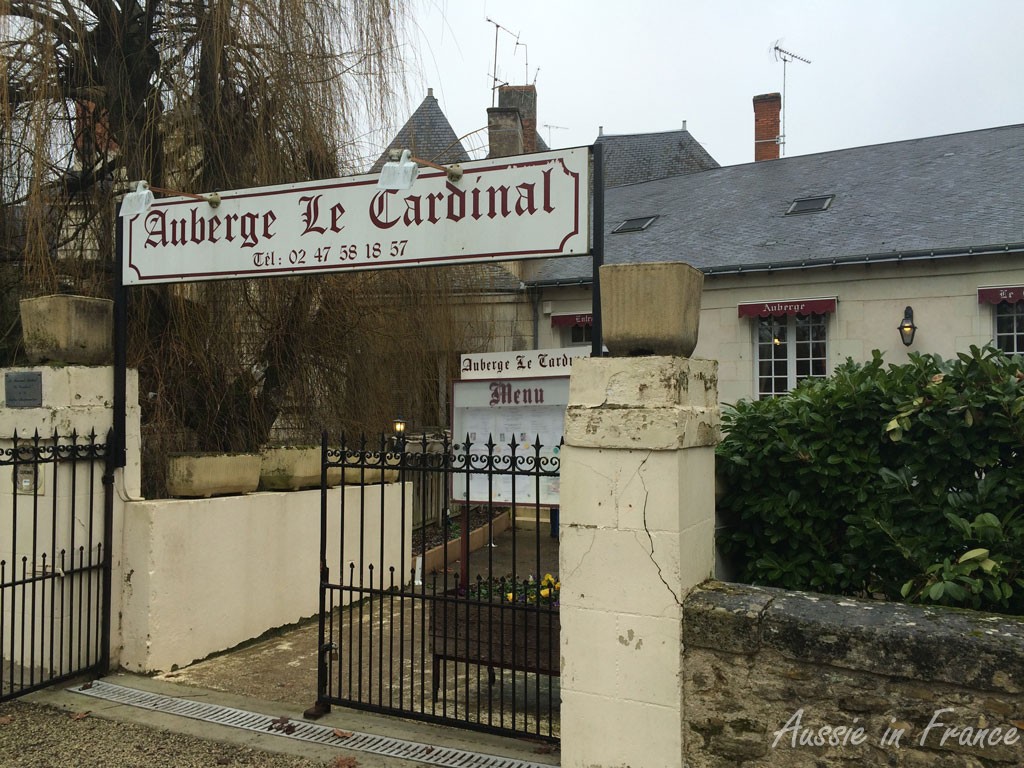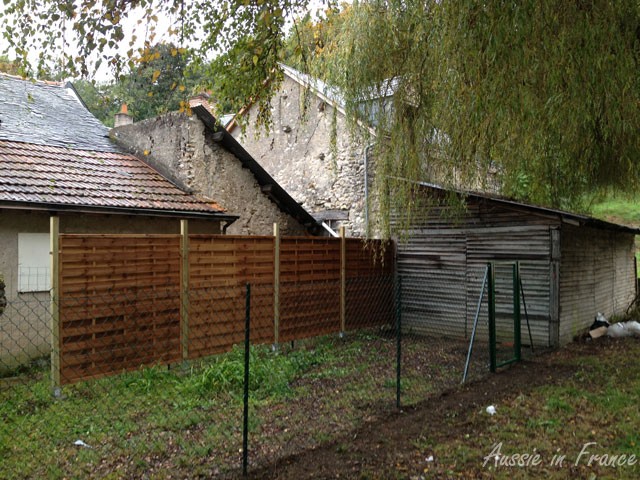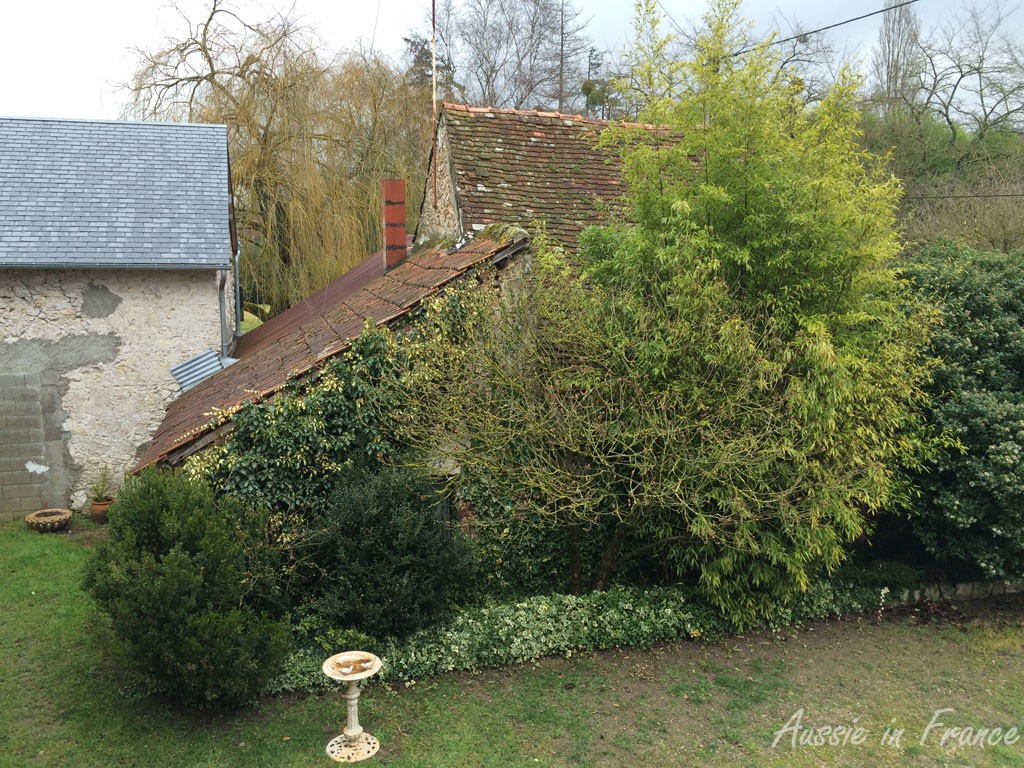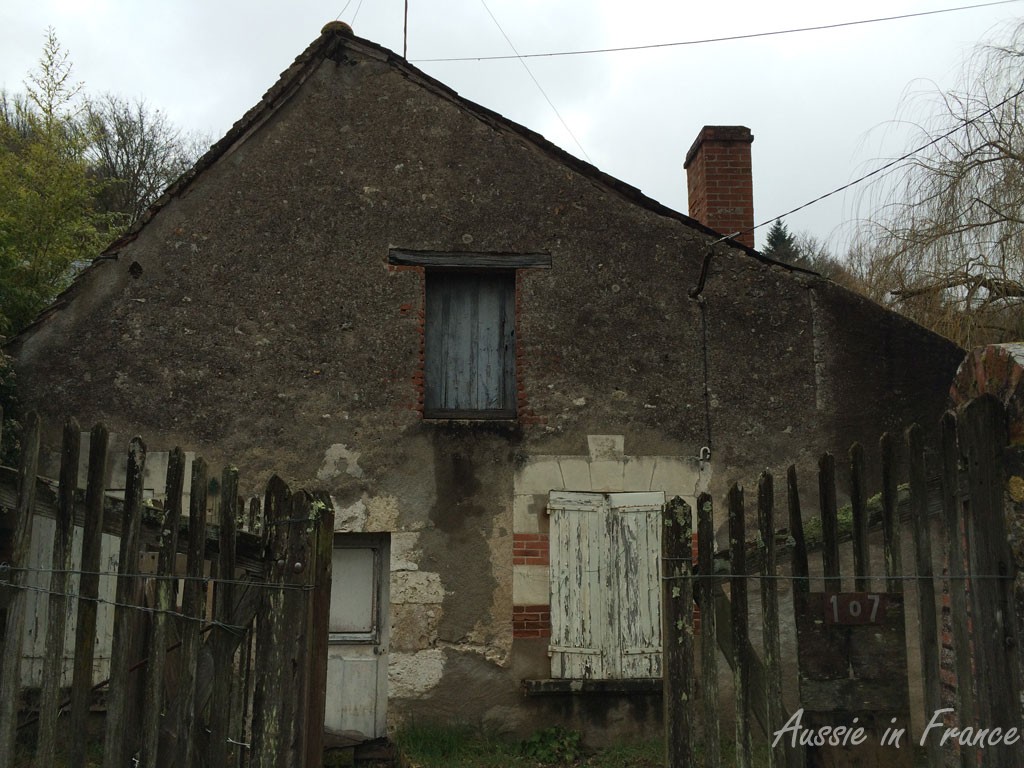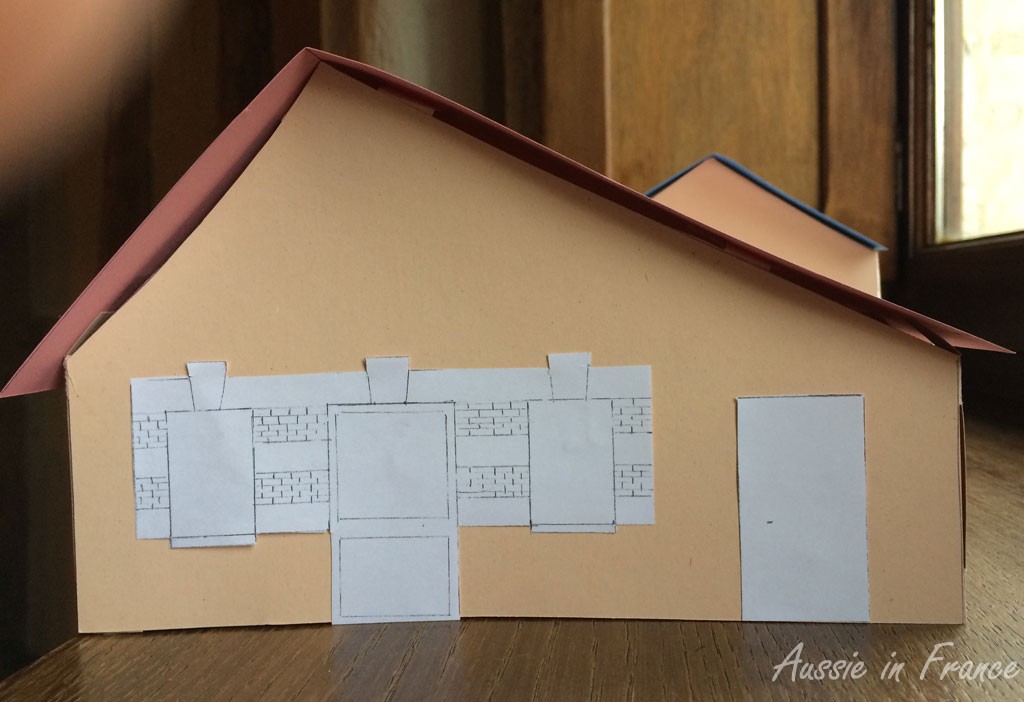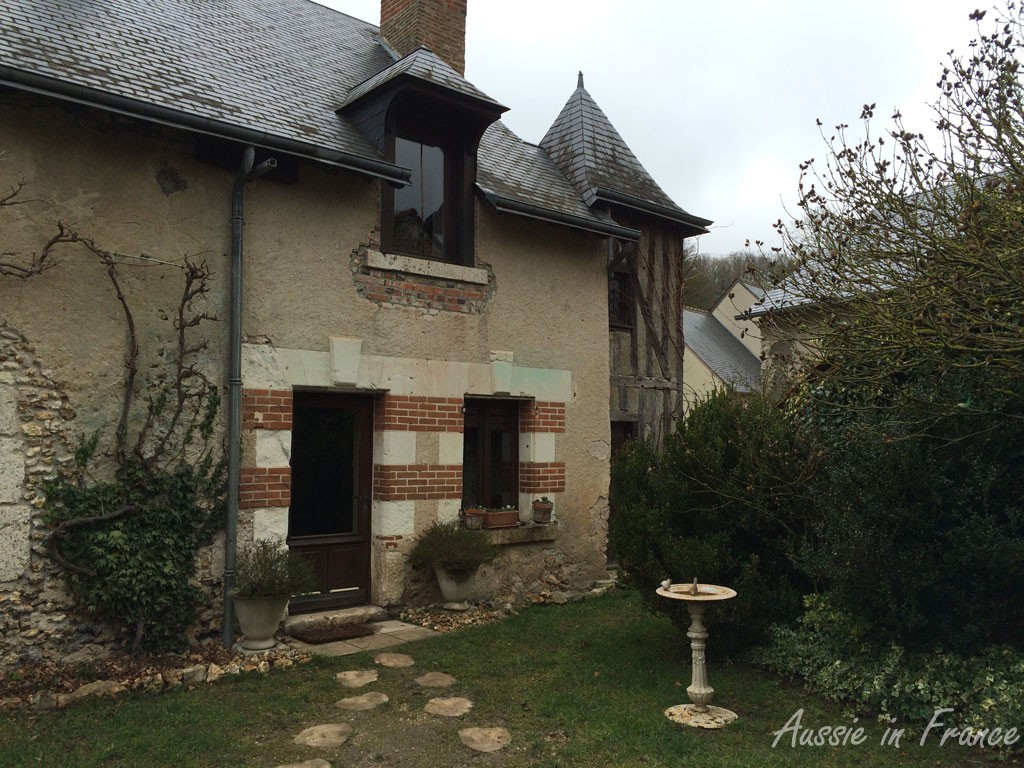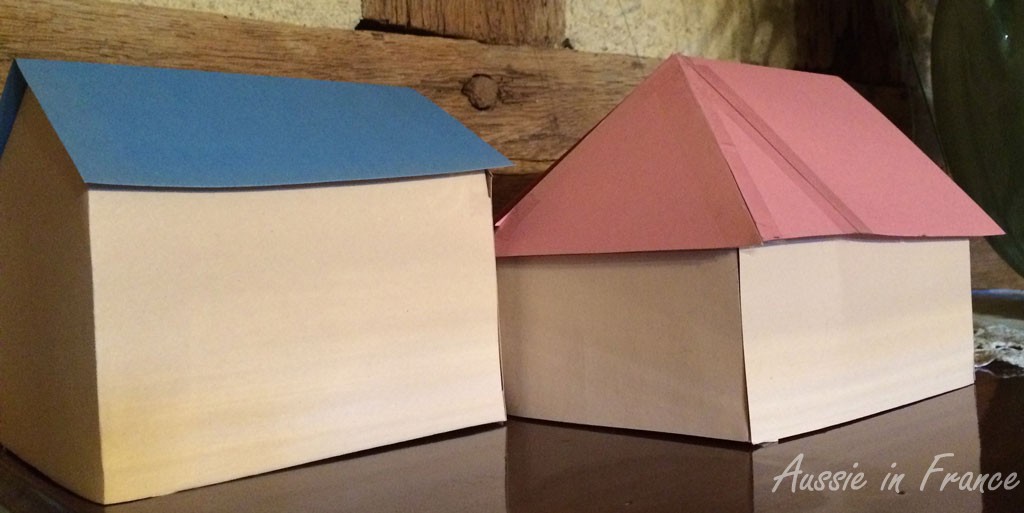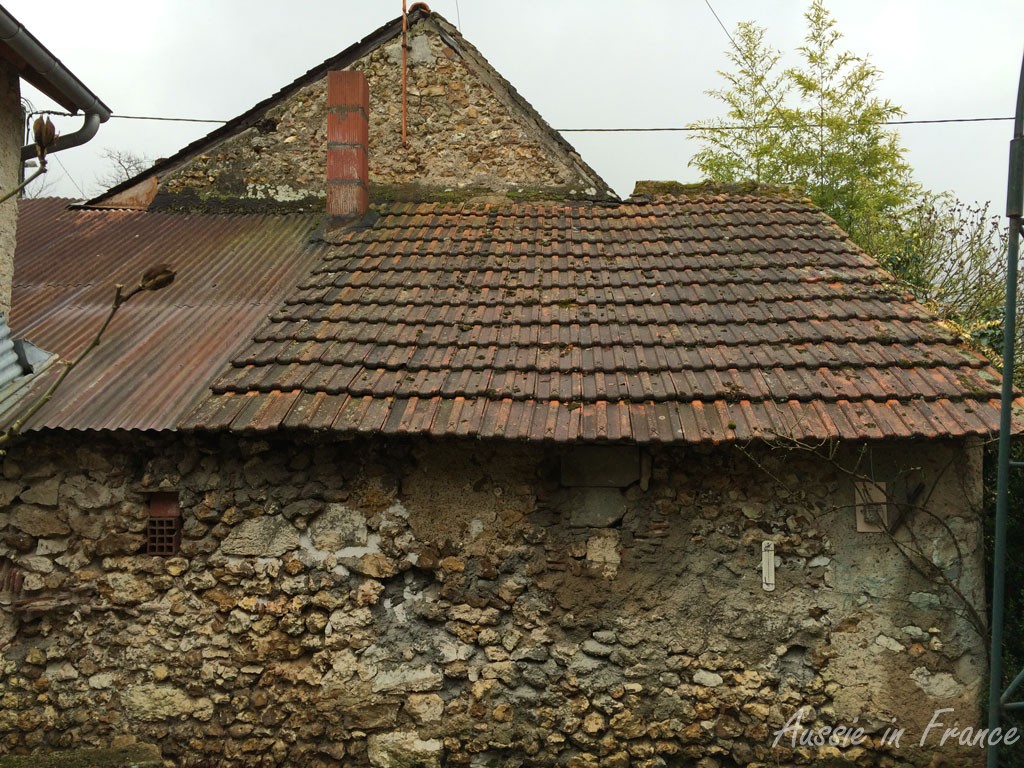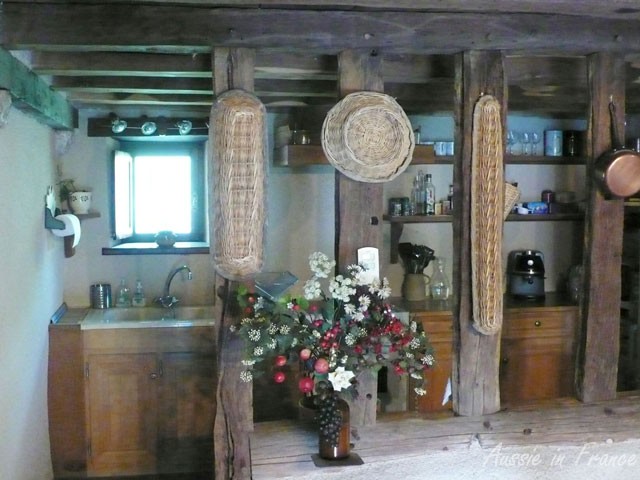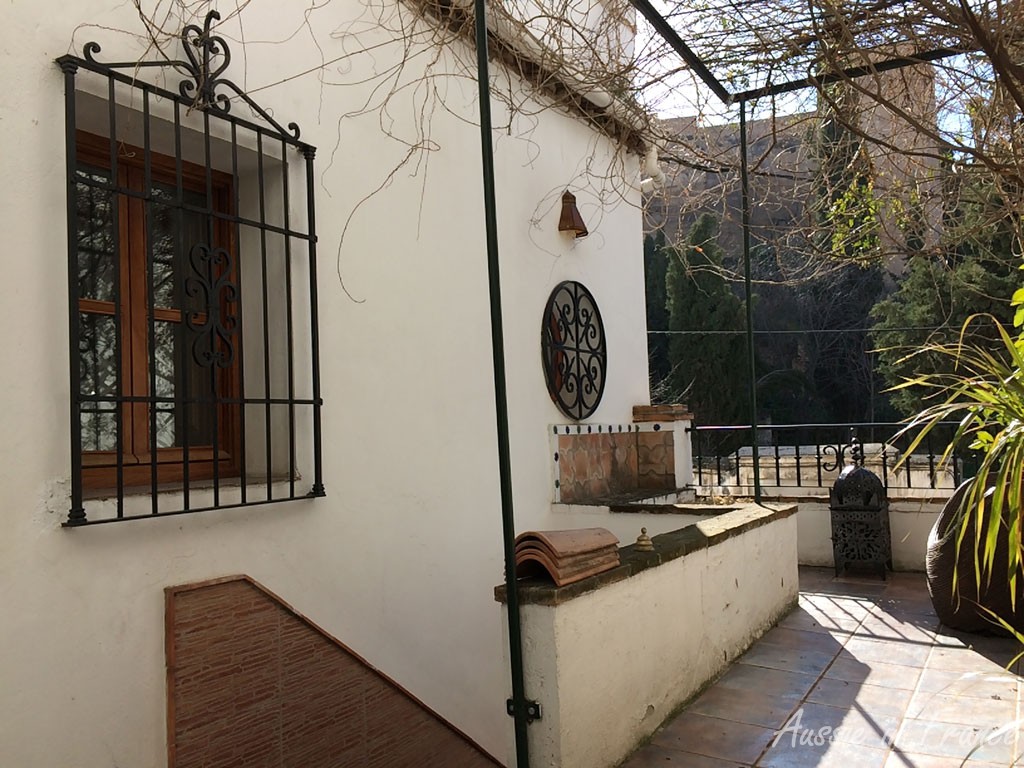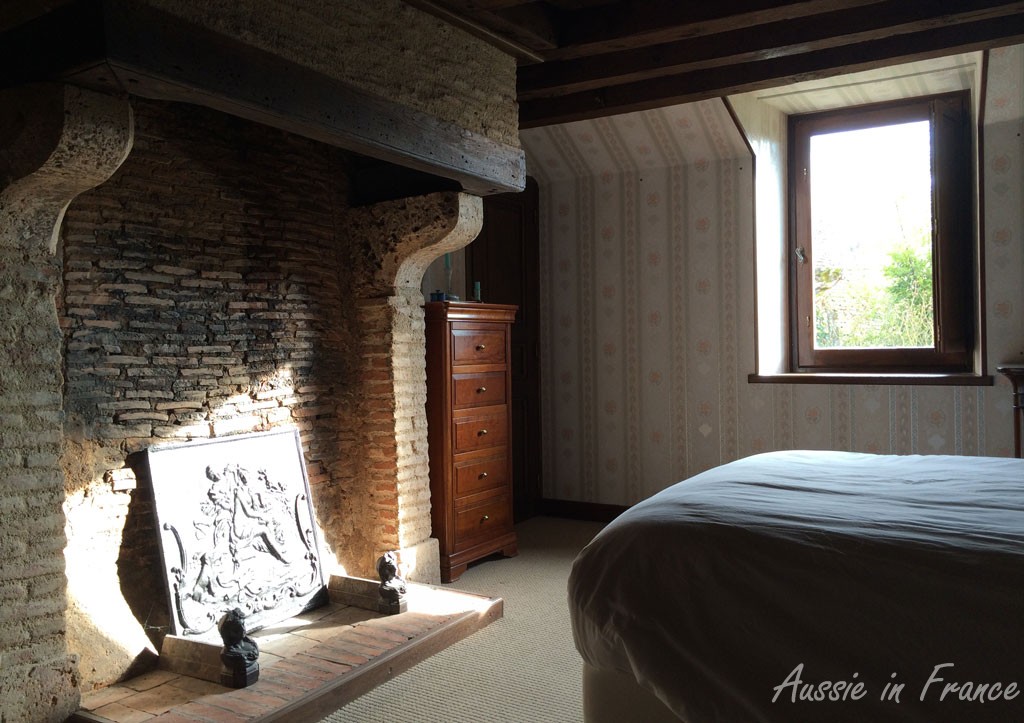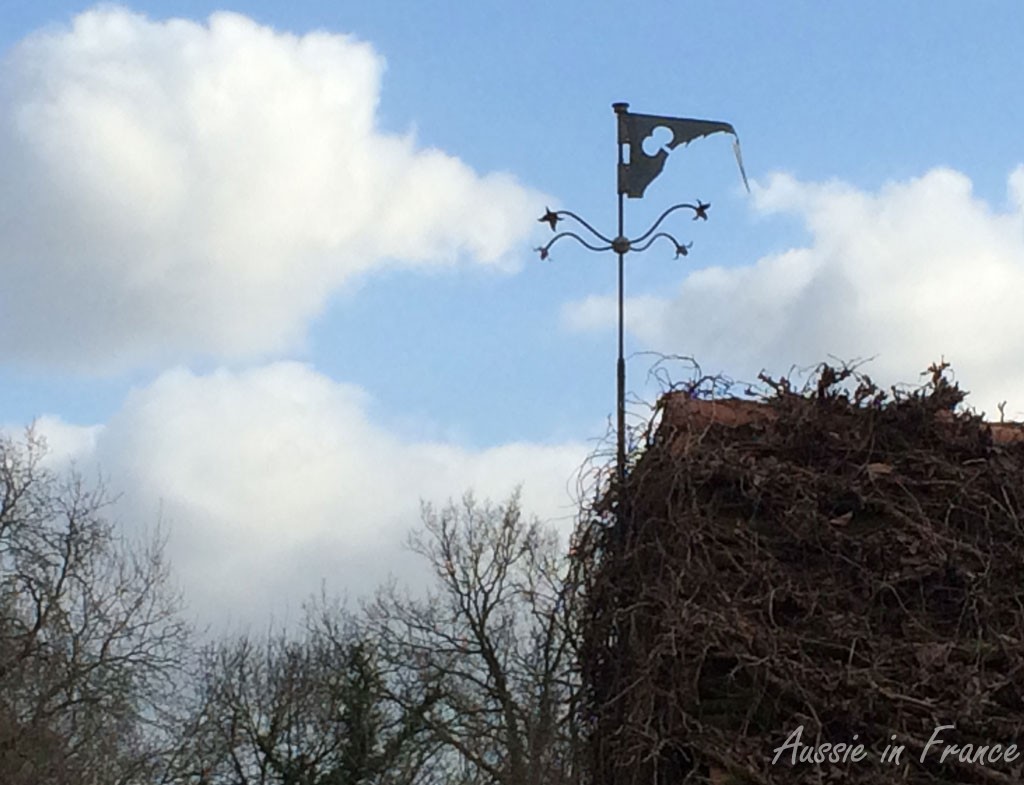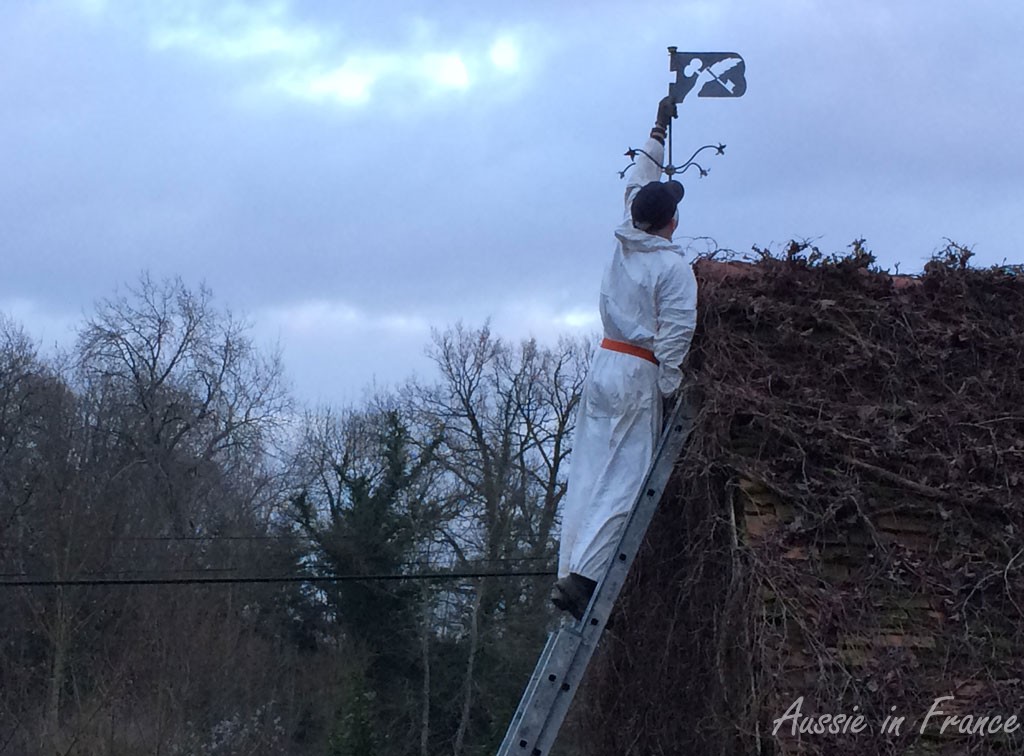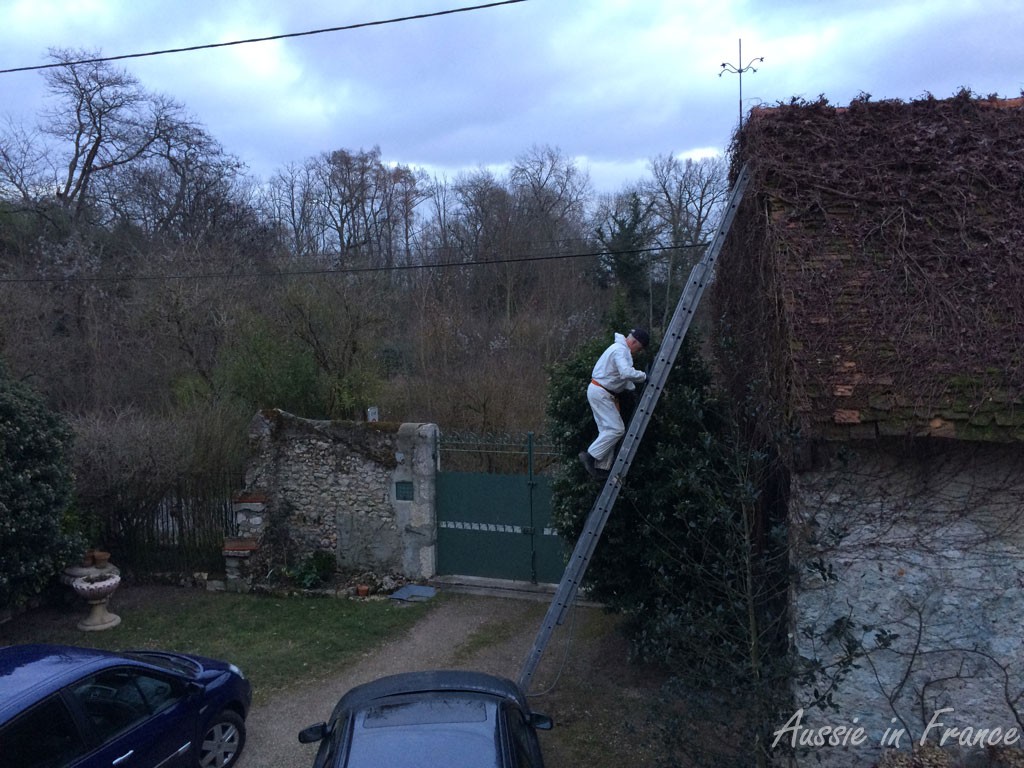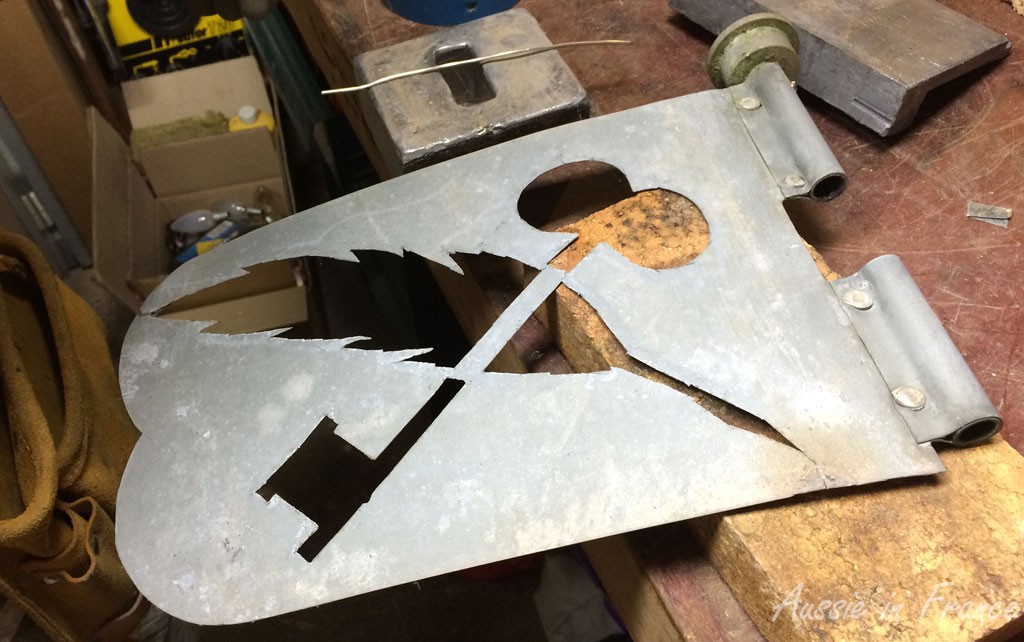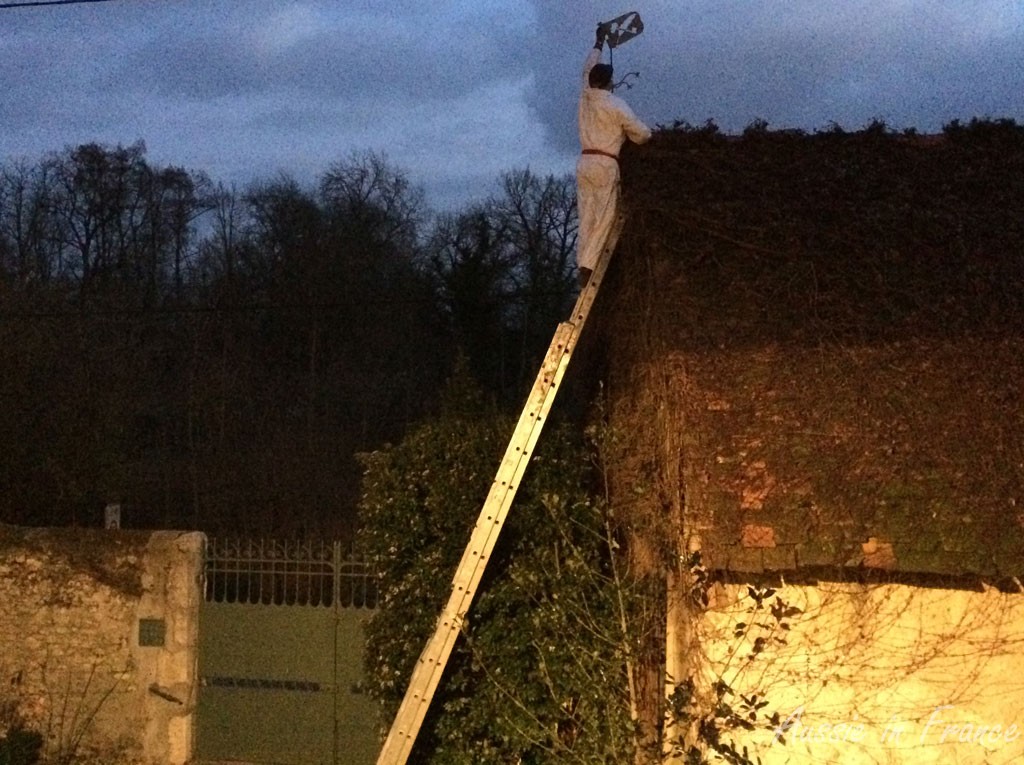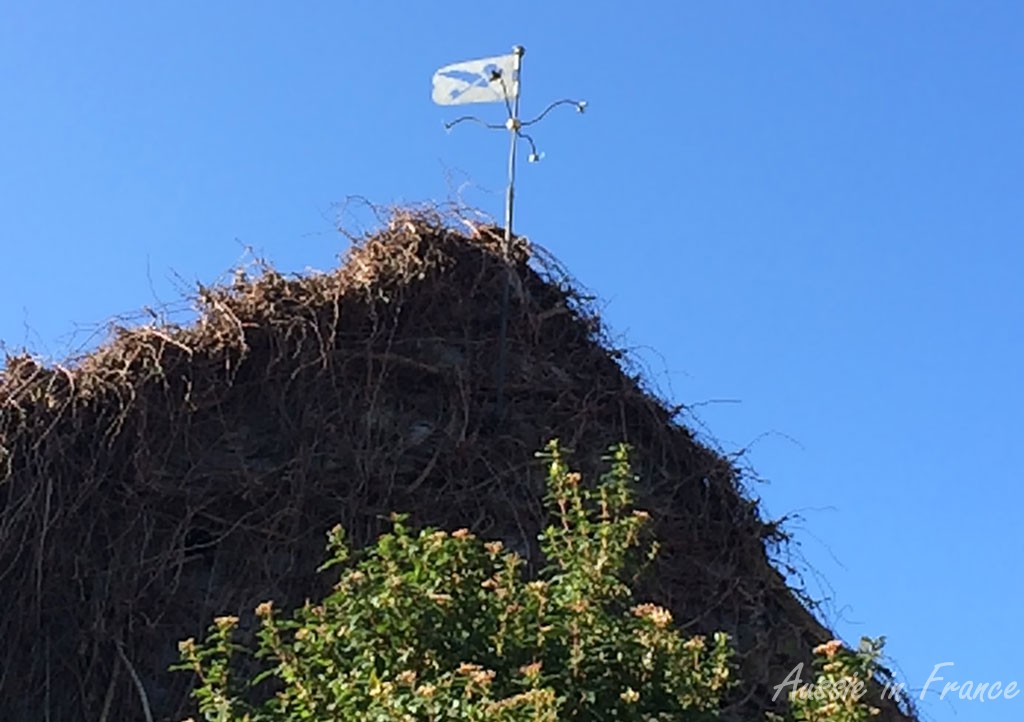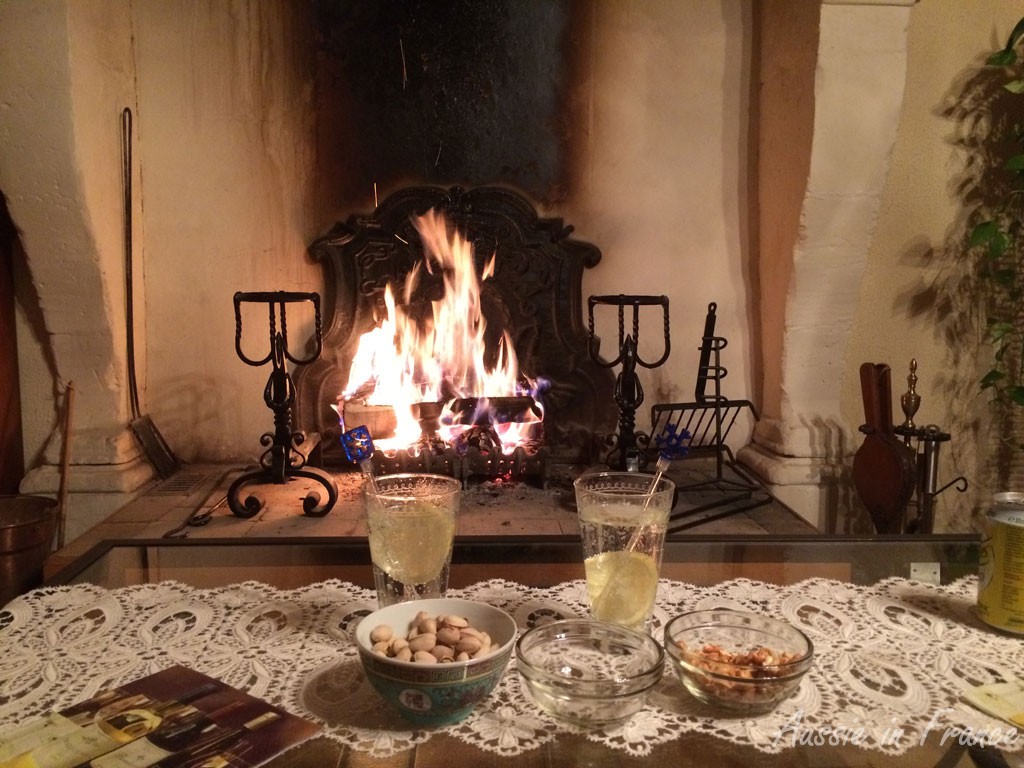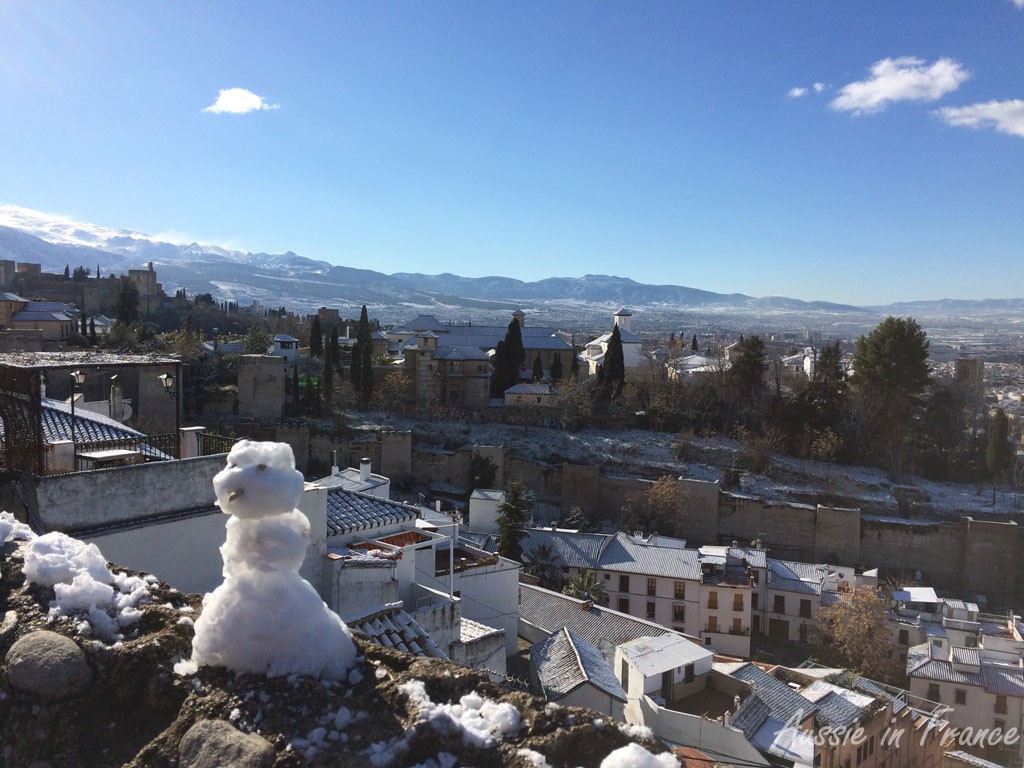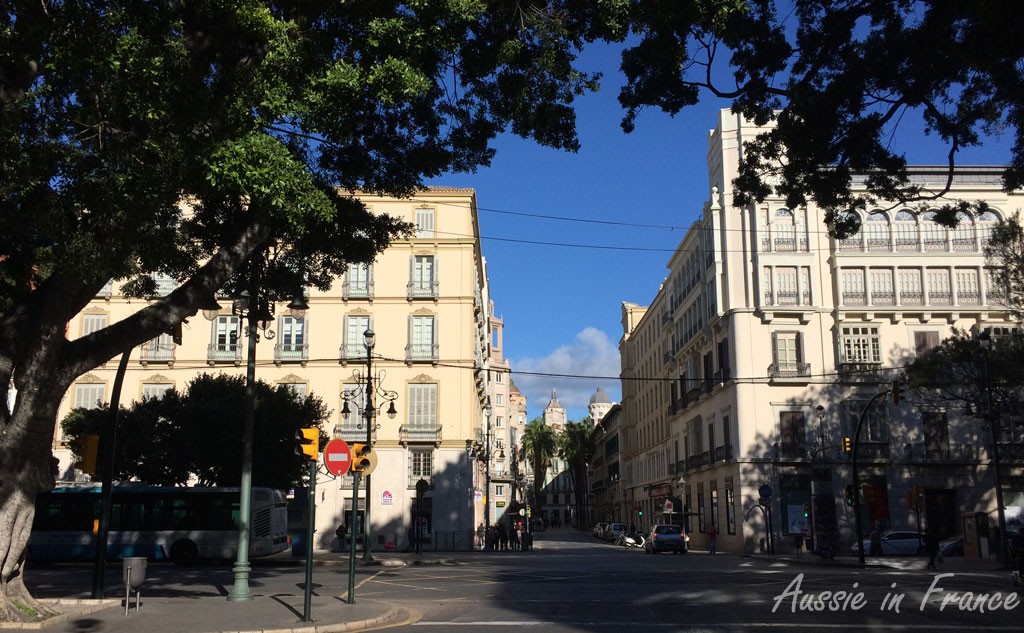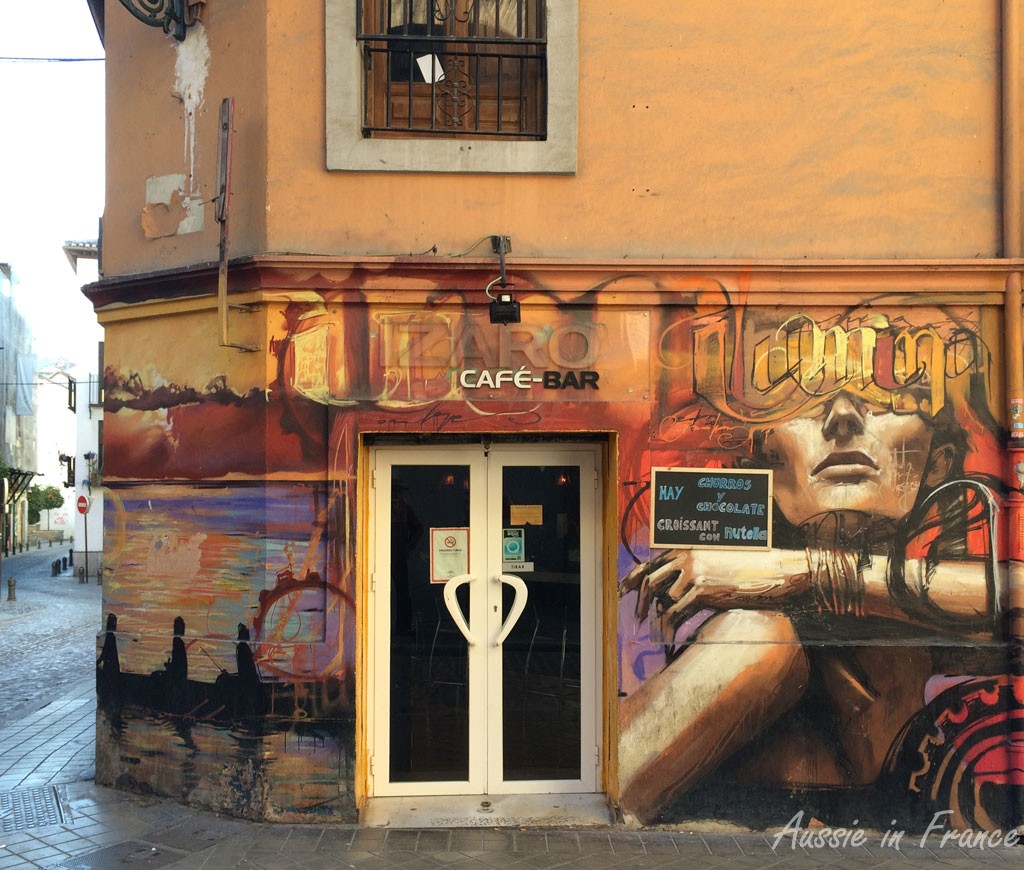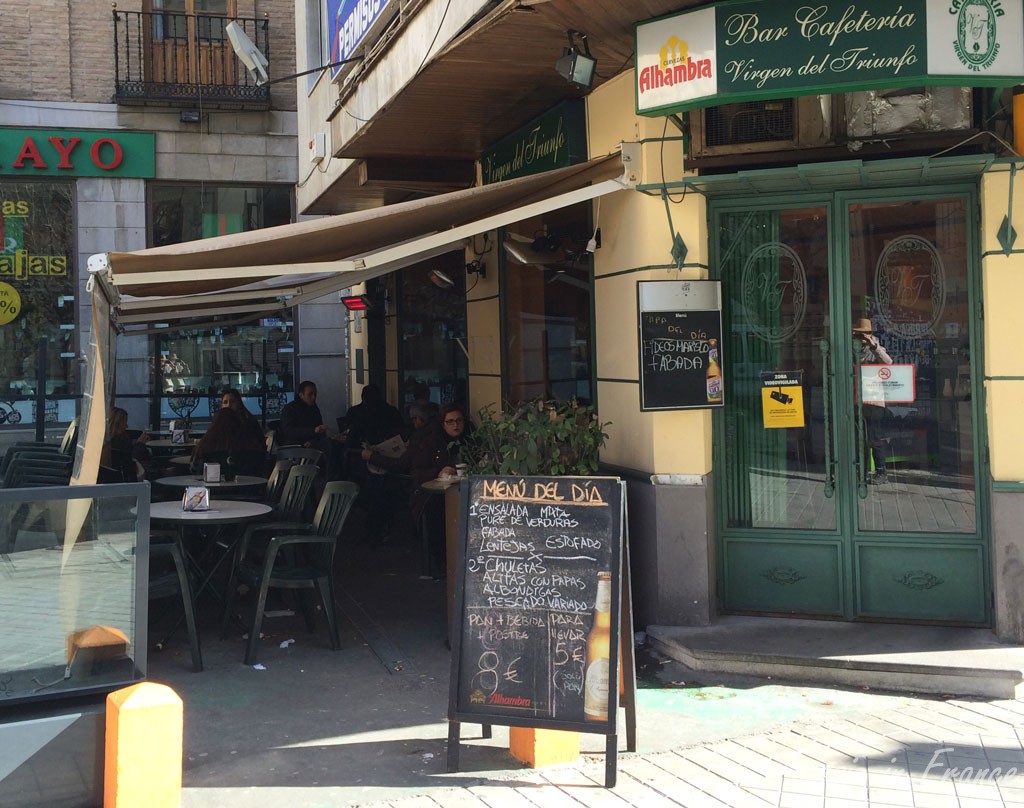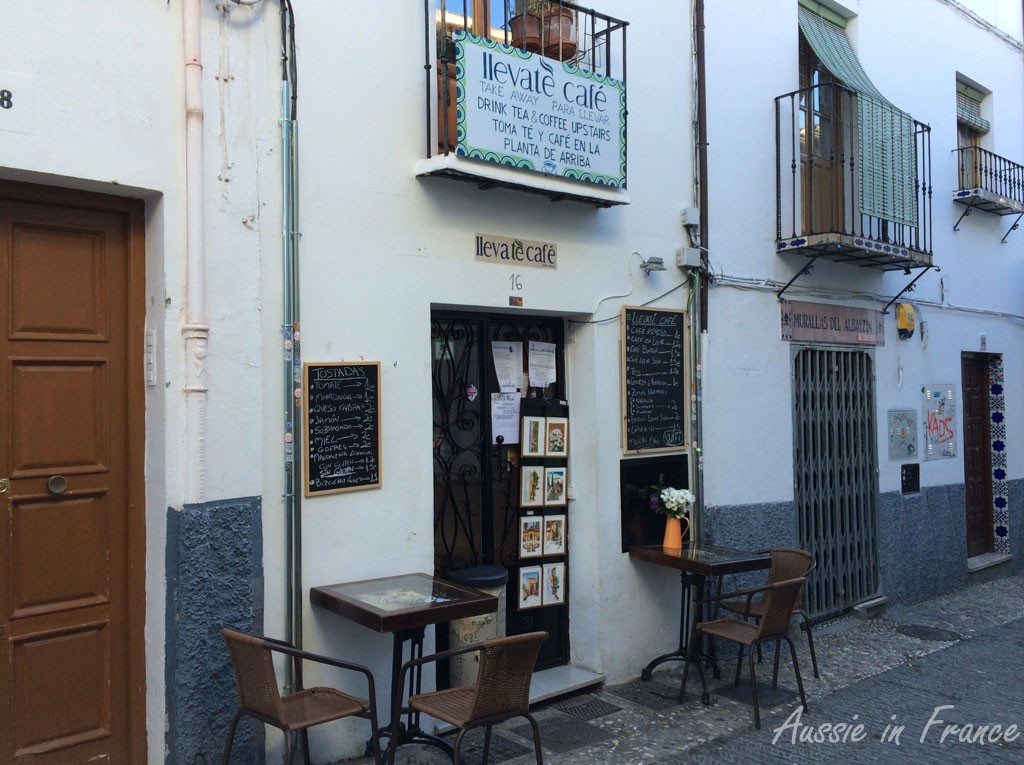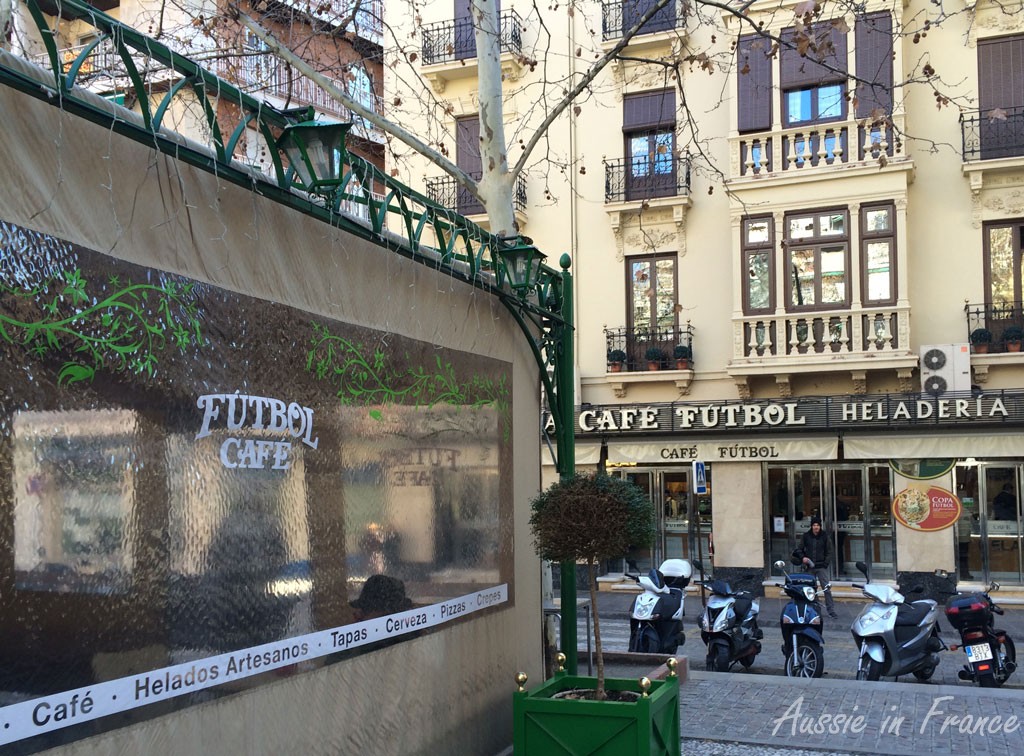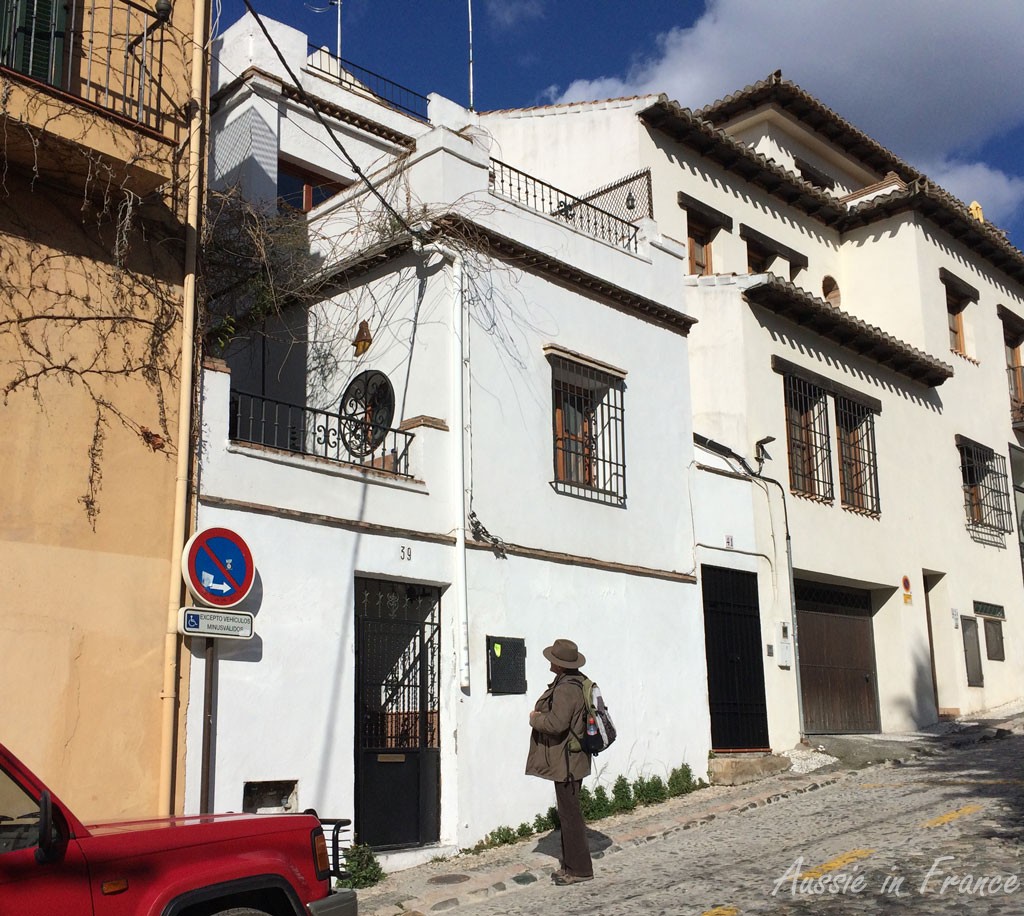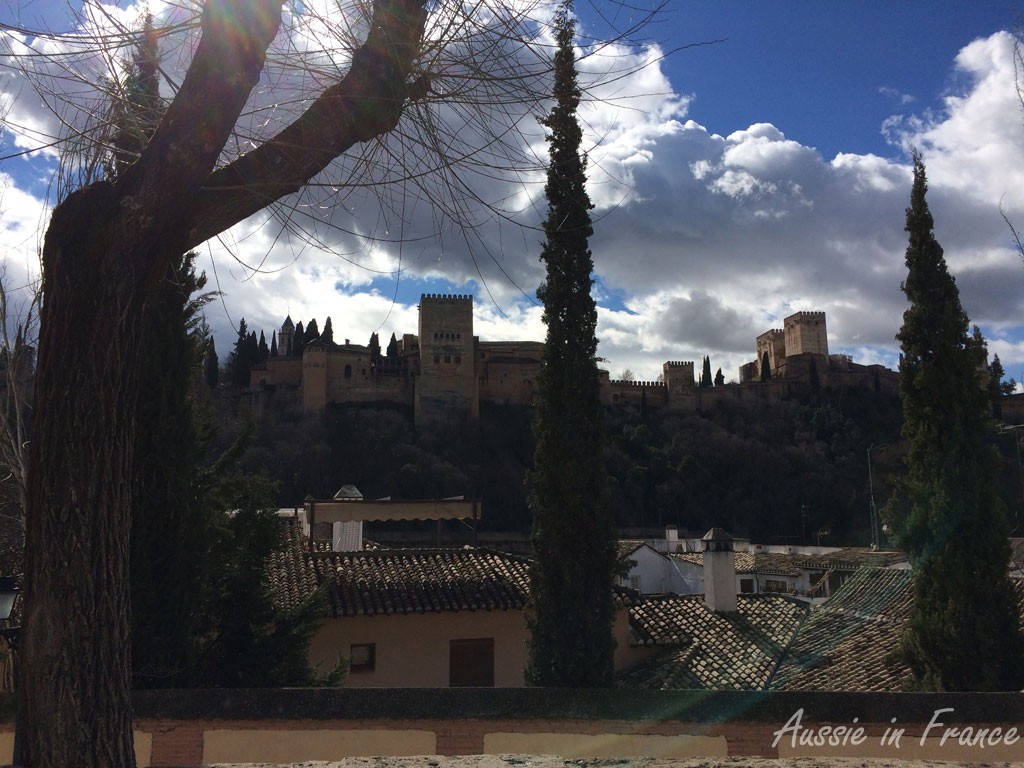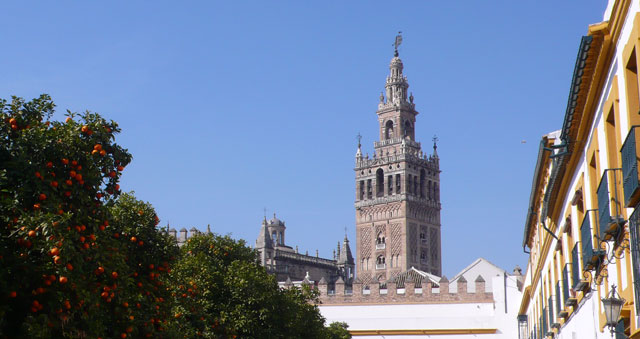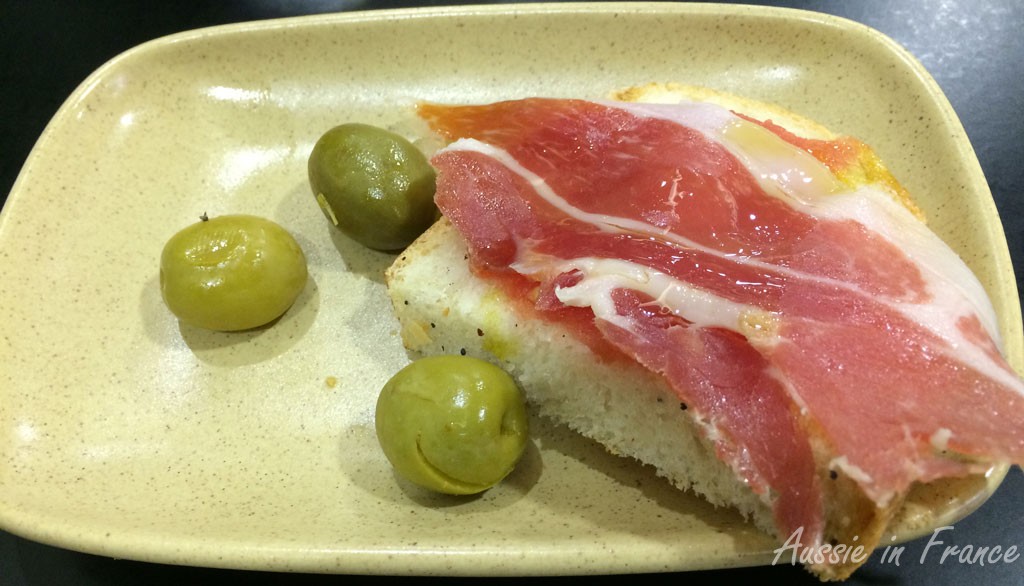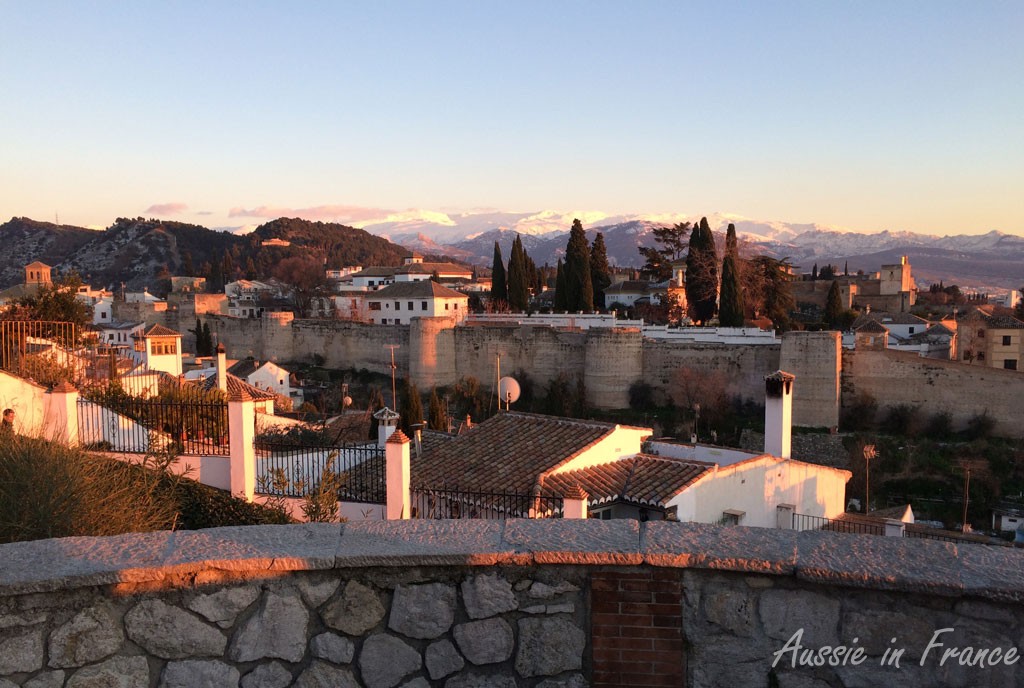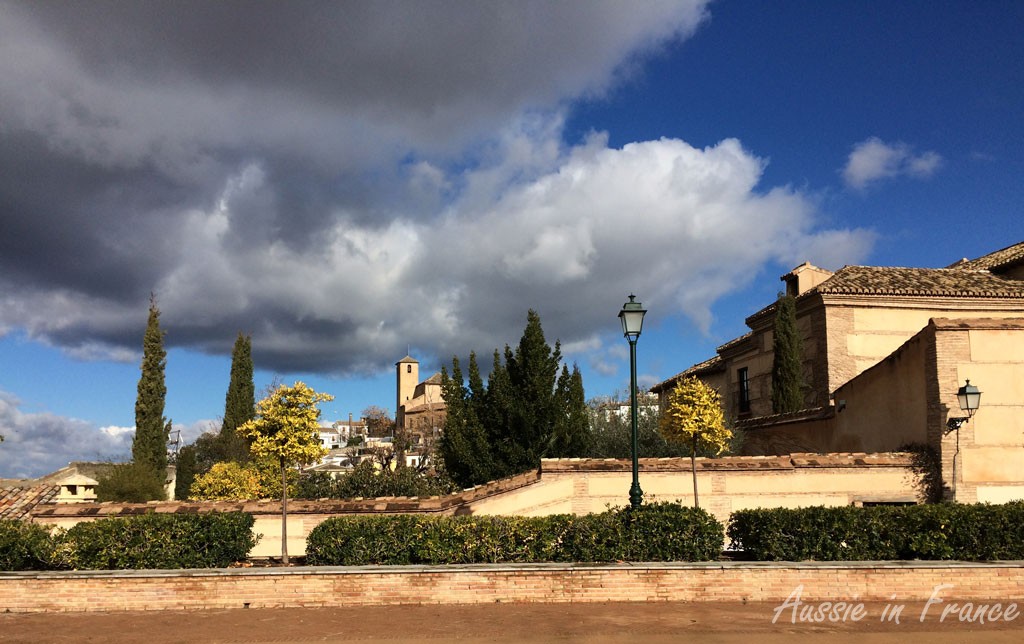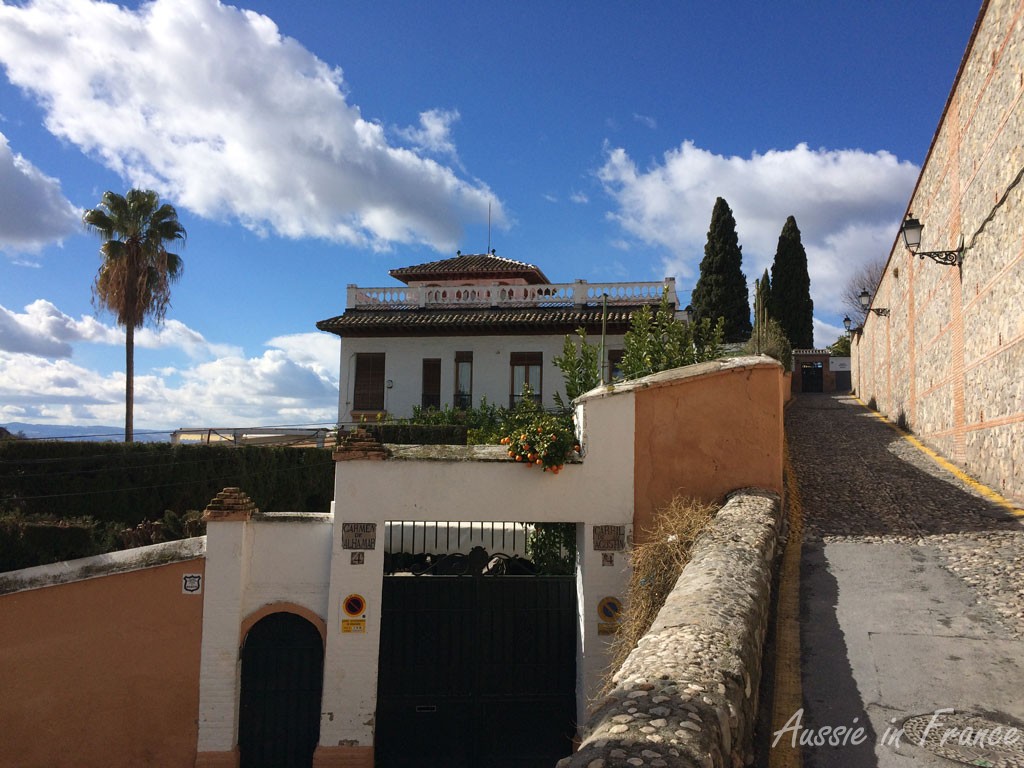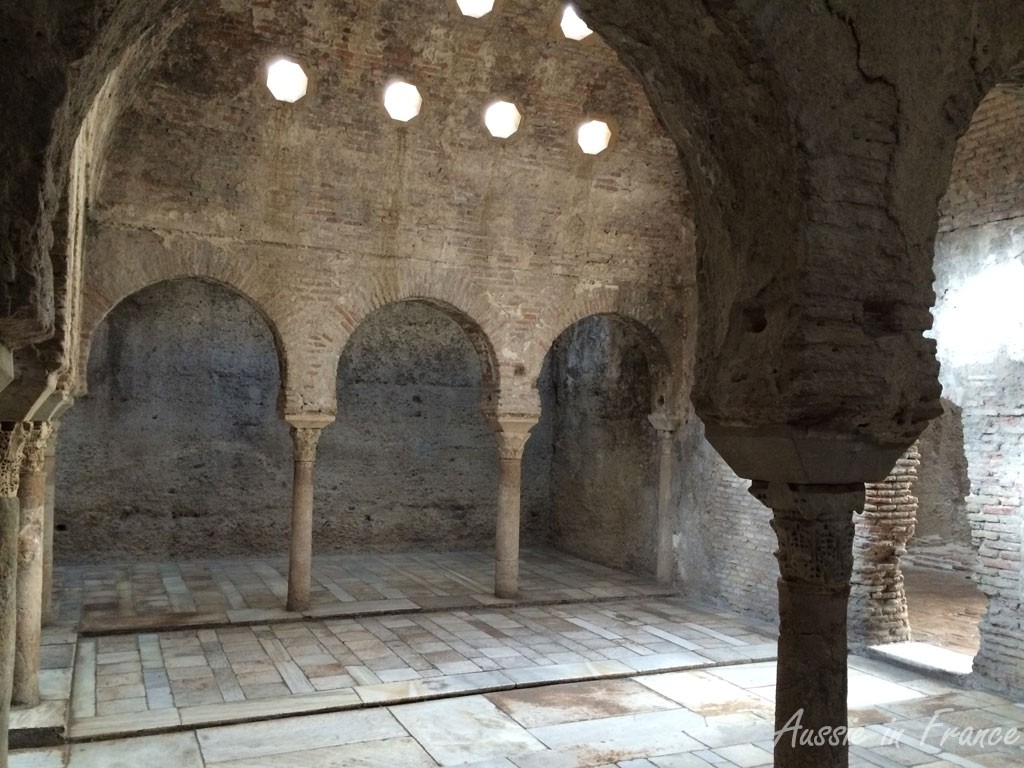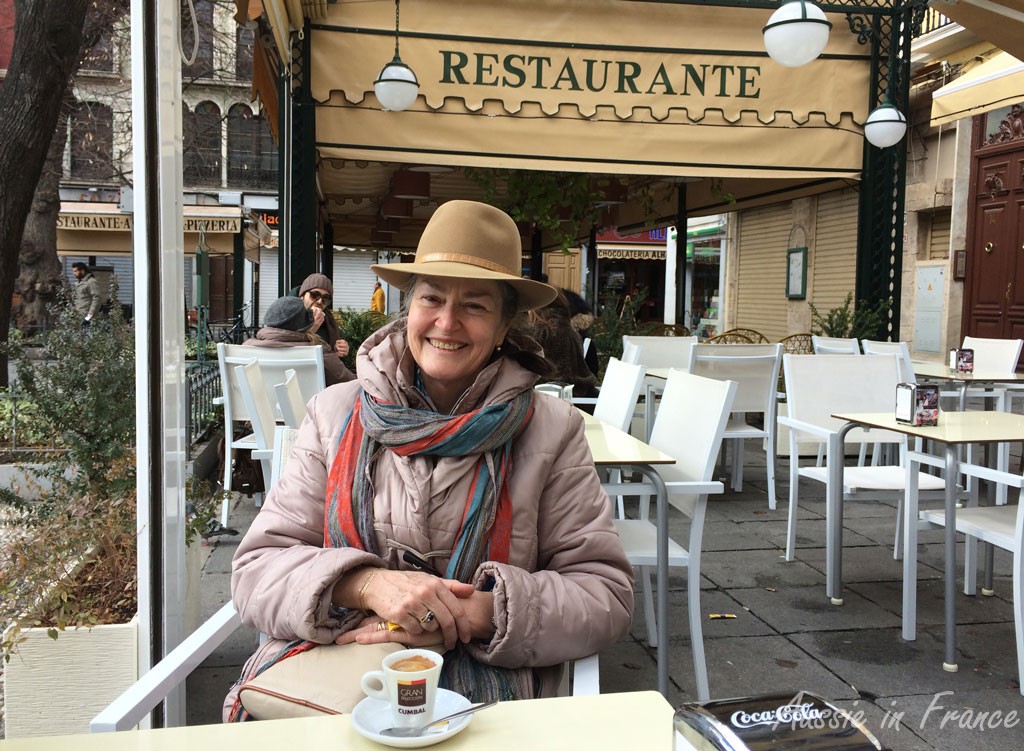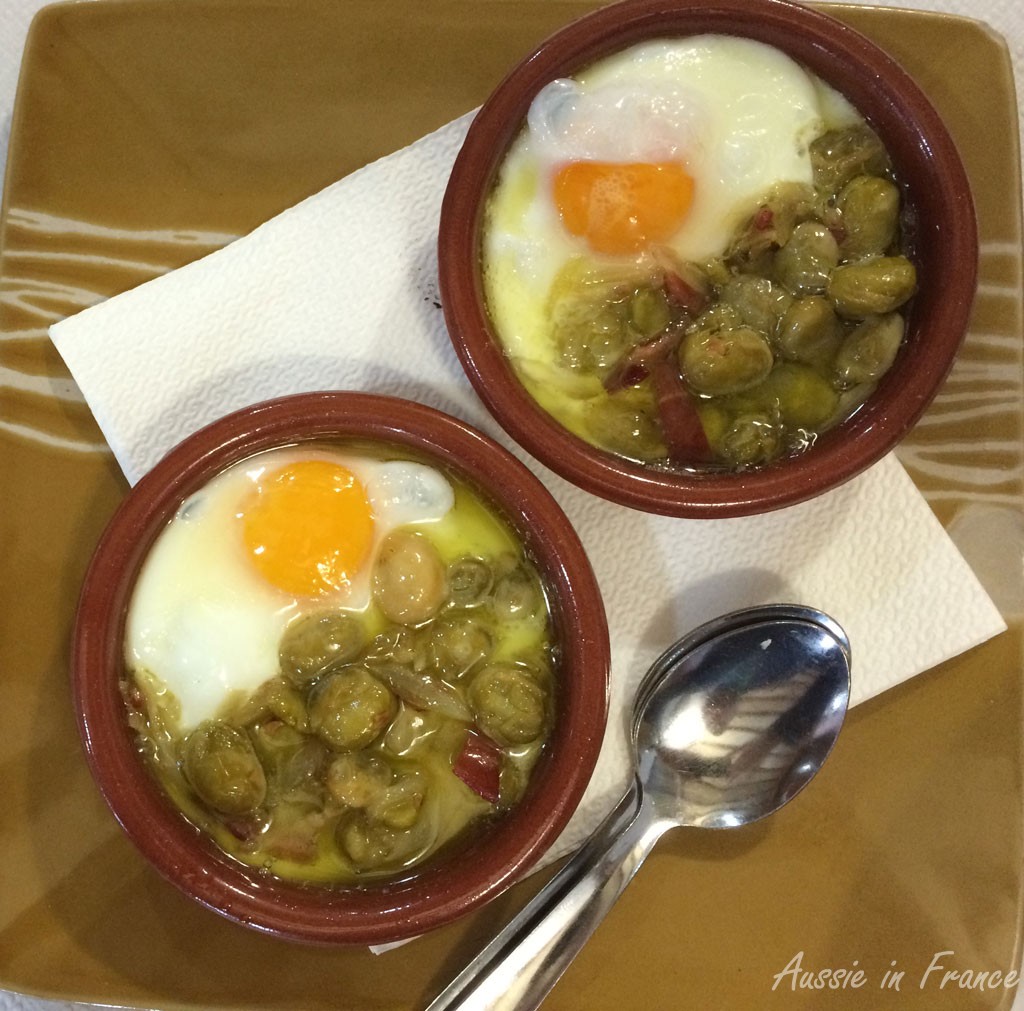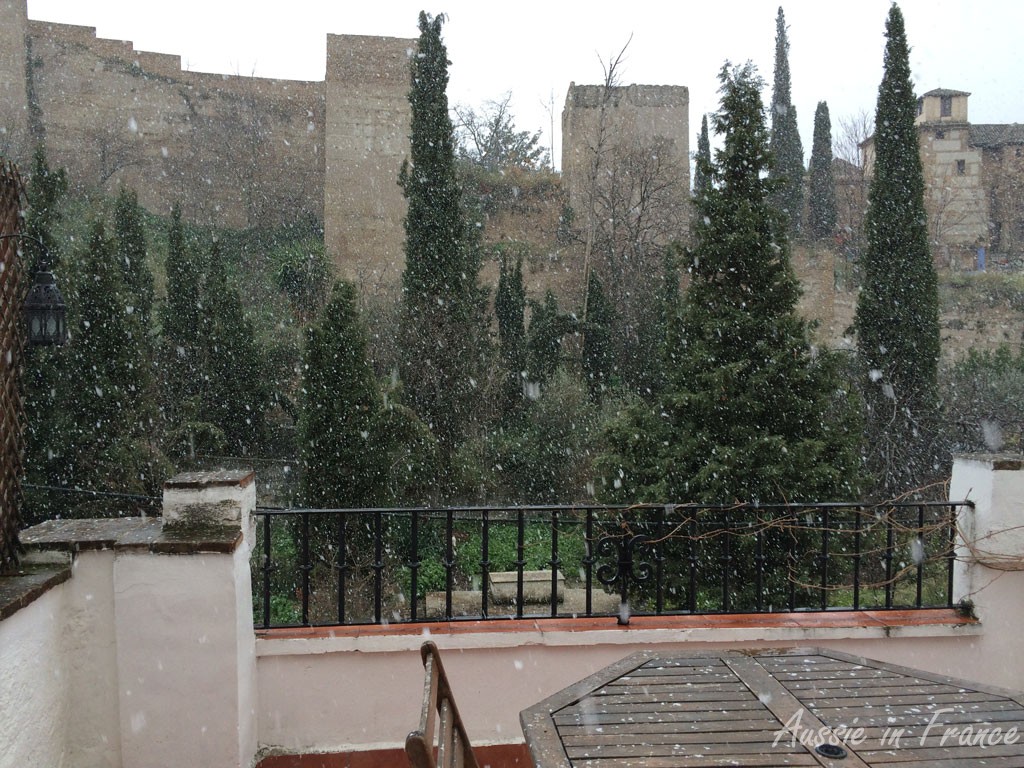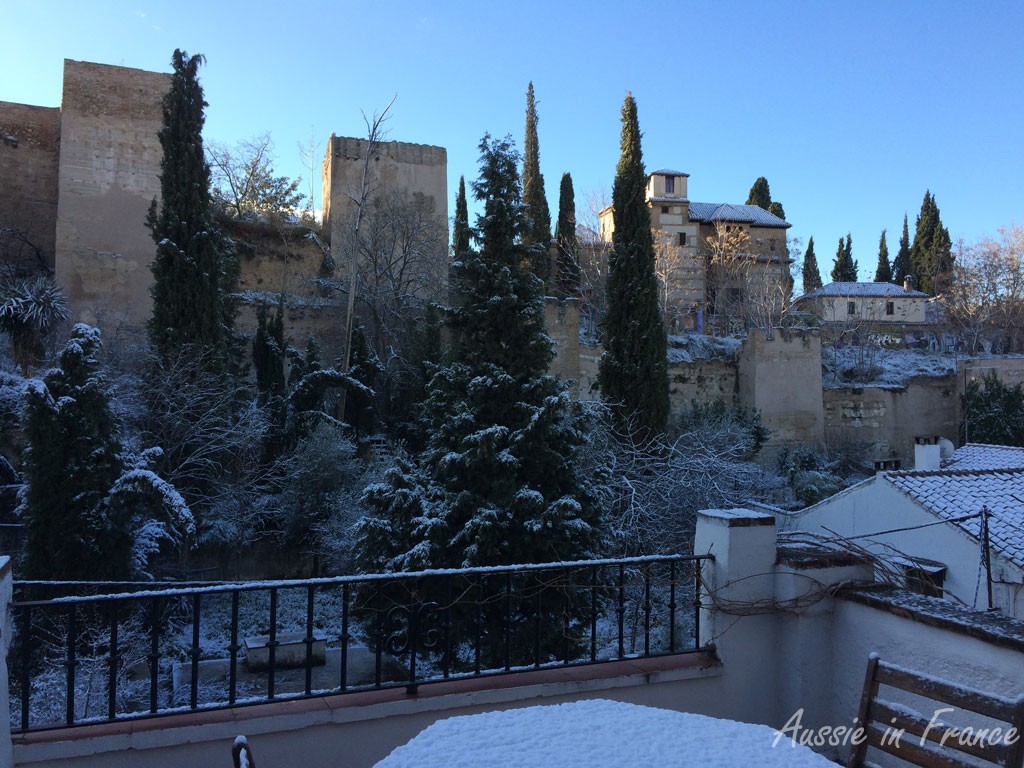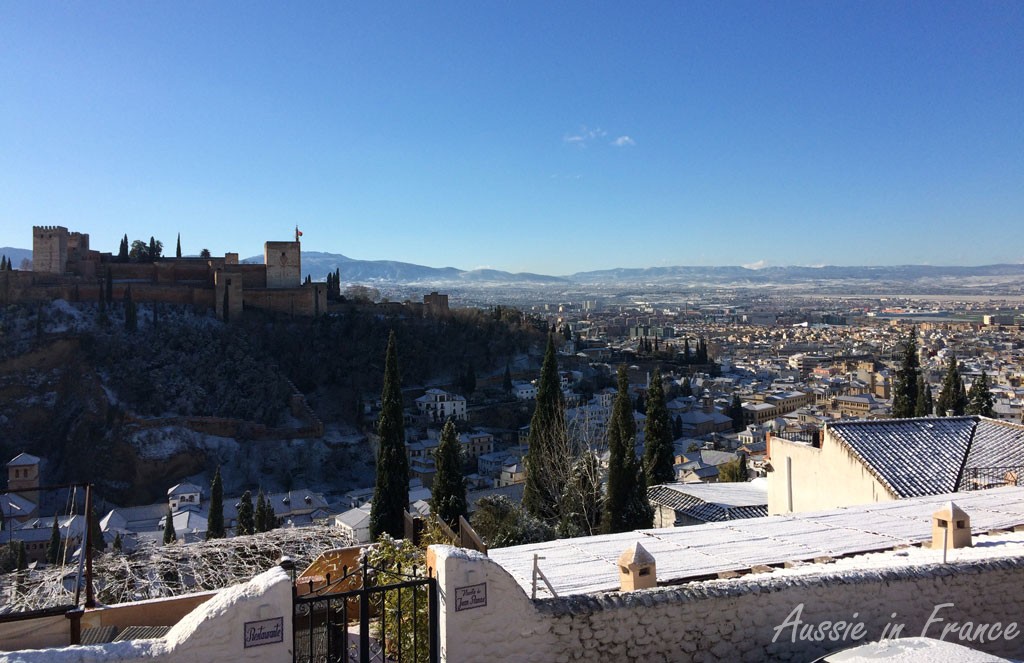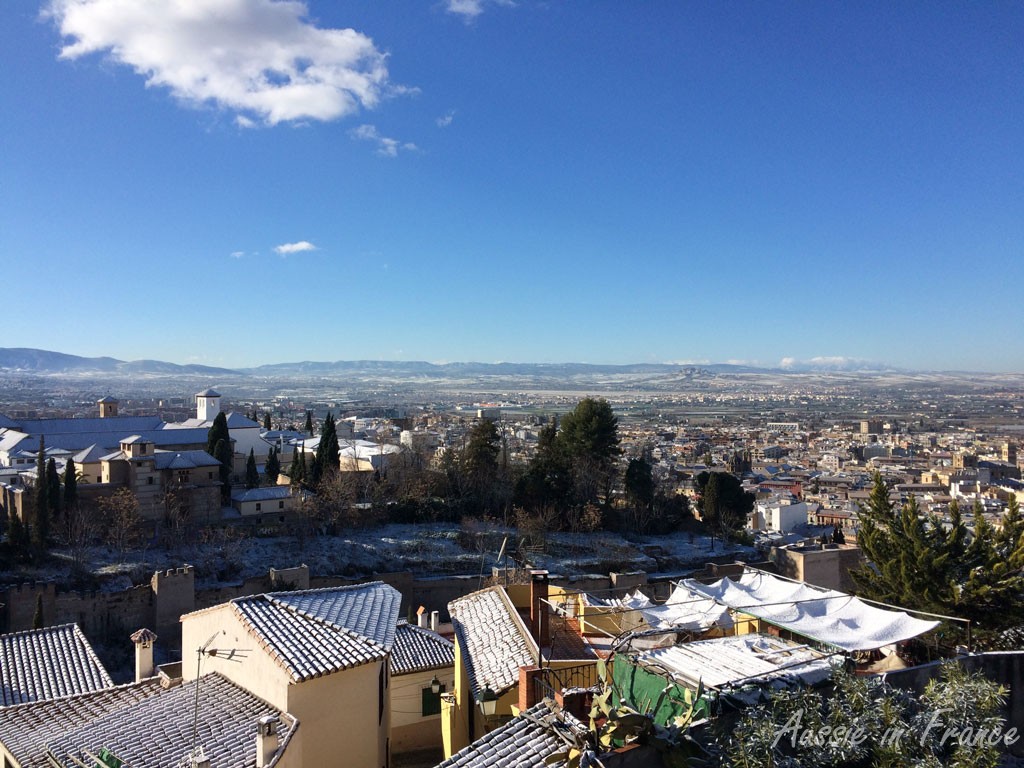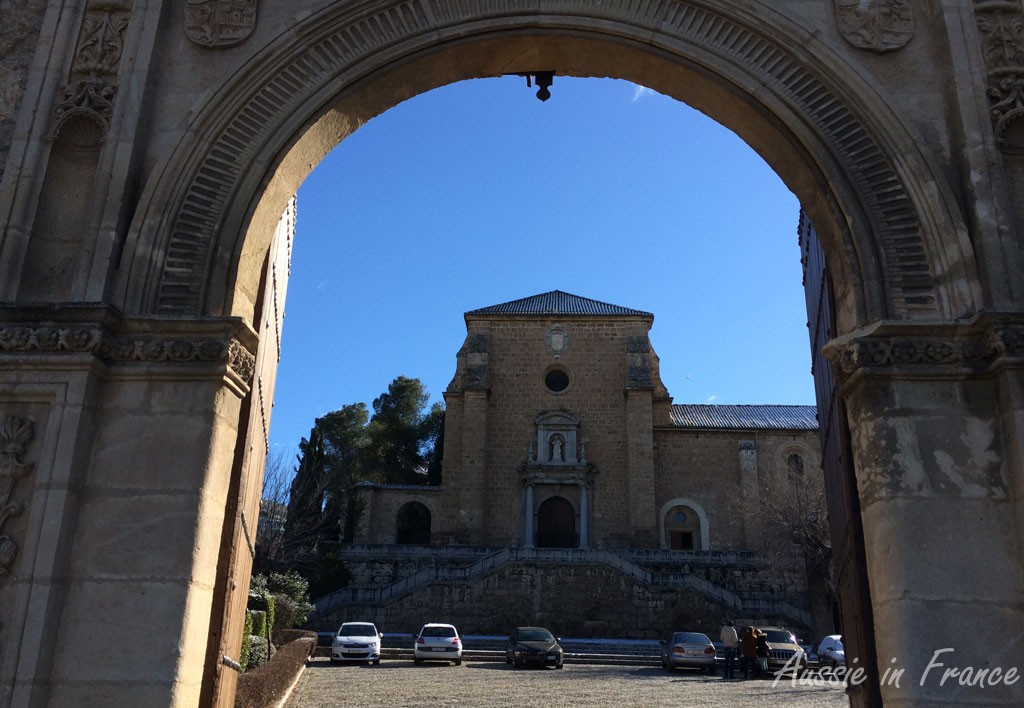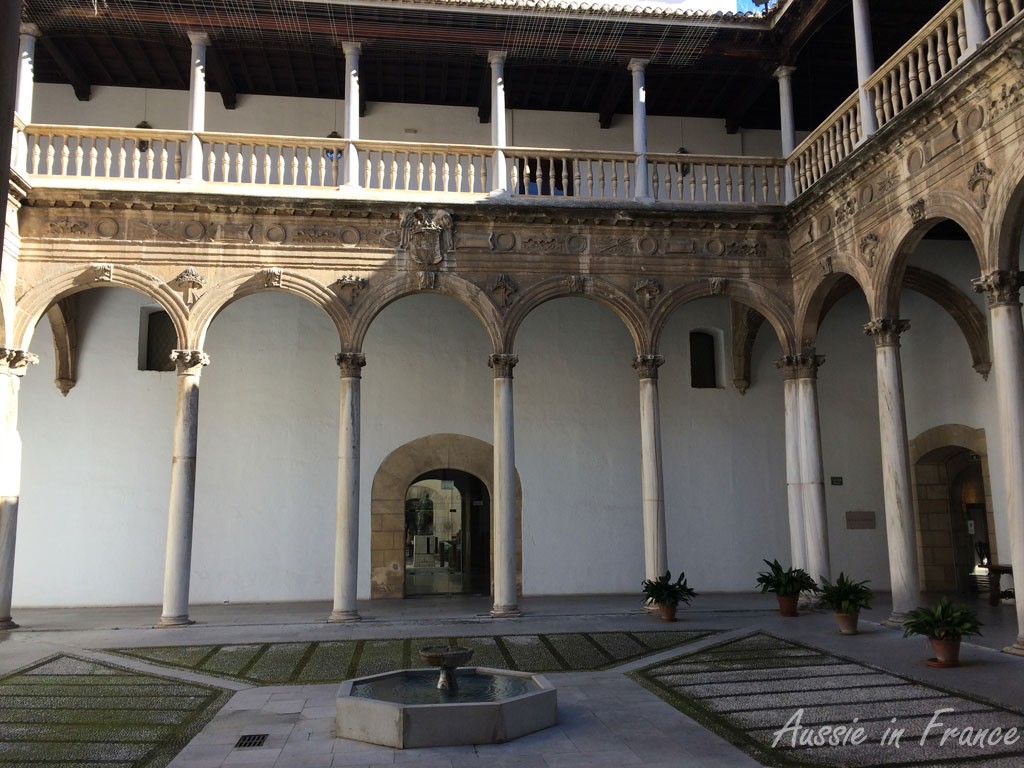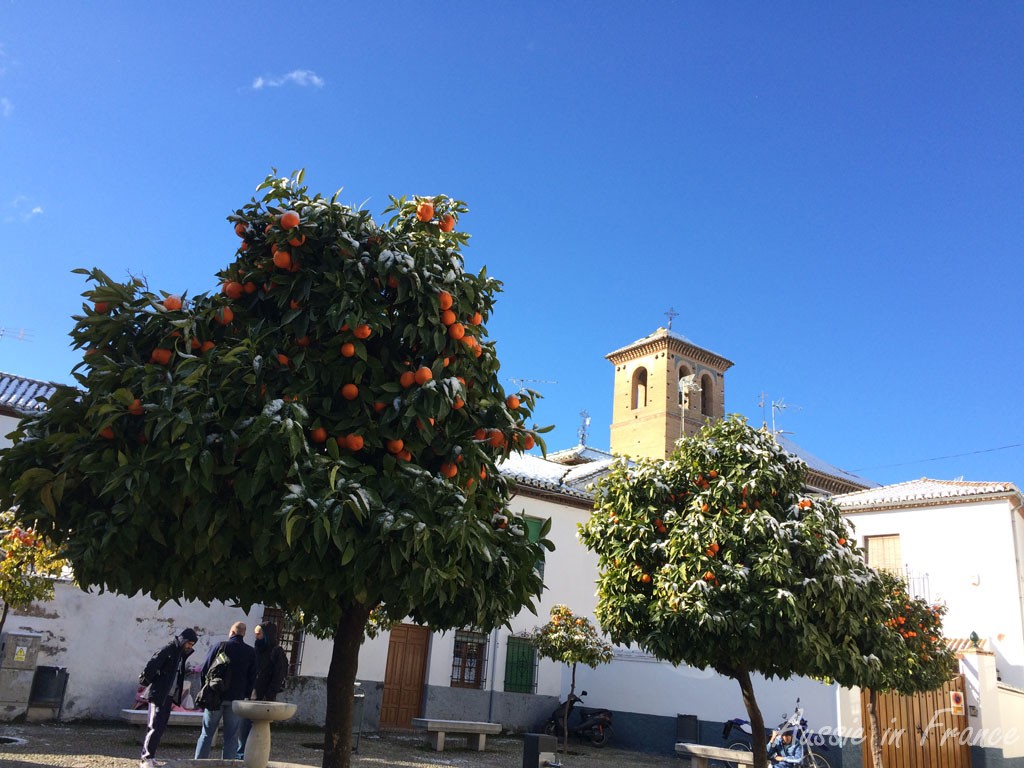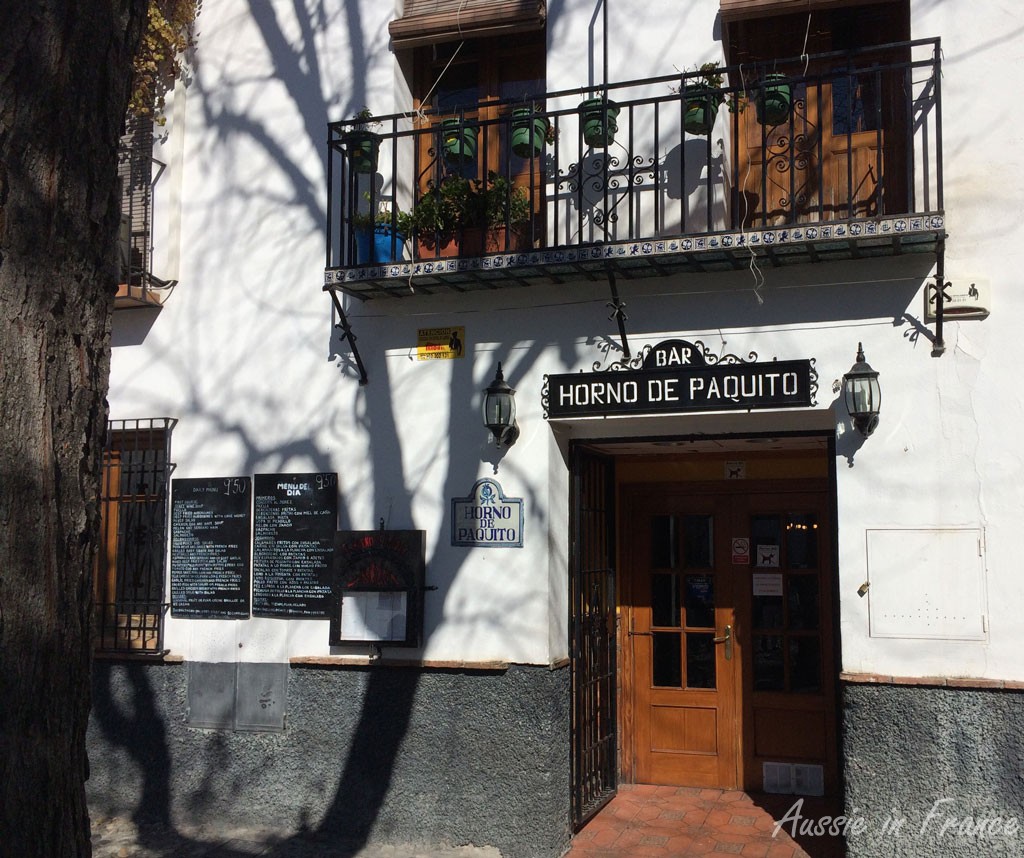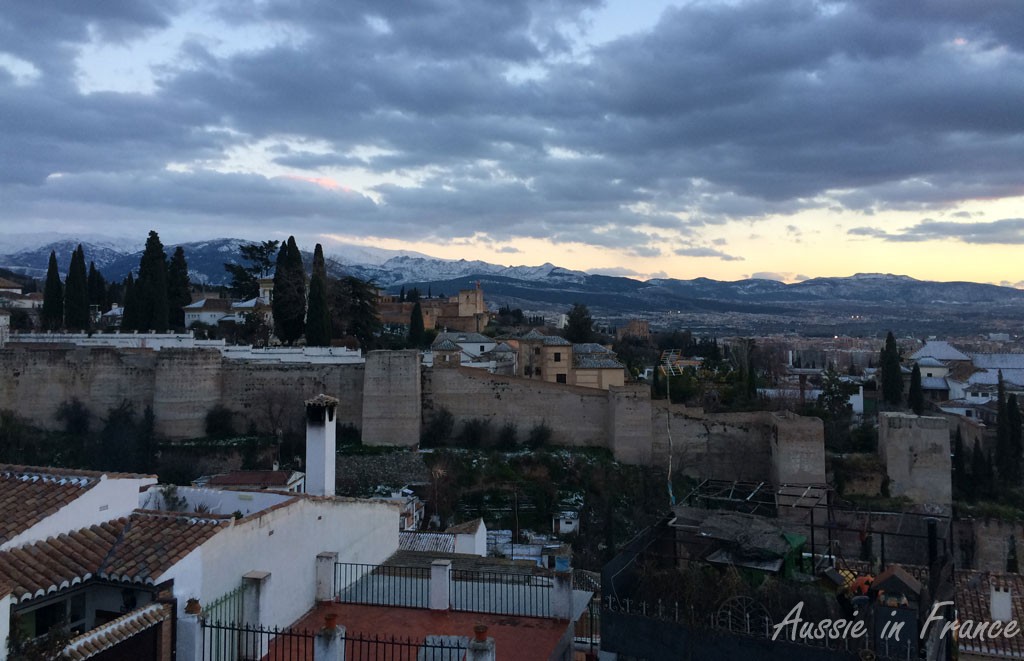I’m still getting over the flu that I’ve shared with several MILLIONS of people in France this year. My recovery after 5 weeks is remarkably slow and annoying. Every time I think I’m better, I seem to have a mini relapse. My friends and neighbours are faring no better than me and we still haven’t resumed our Nordic walking.
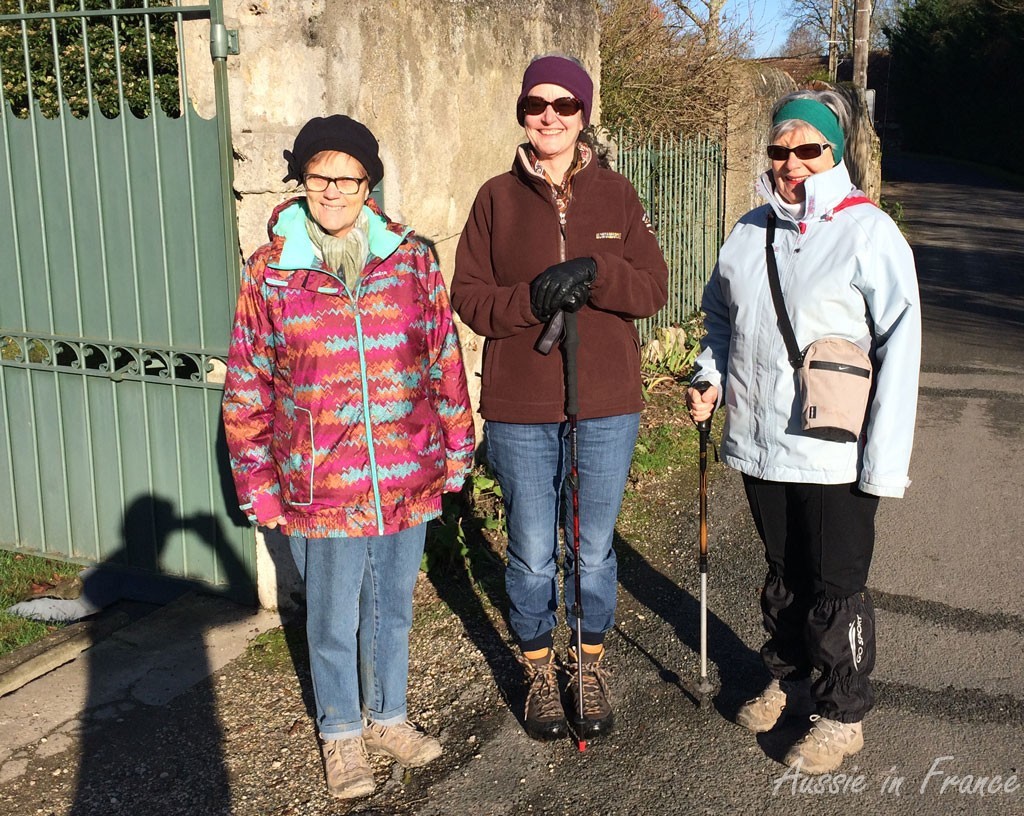
So we decide to have tea together instead. I think I should get a bit of exercise anyway so I decide to walk to the post box halfway down our street to post two letters and stop for tea on the way back. Even though the post box is in the same street, it’s a good fifteen to twenty minute walk from our house.
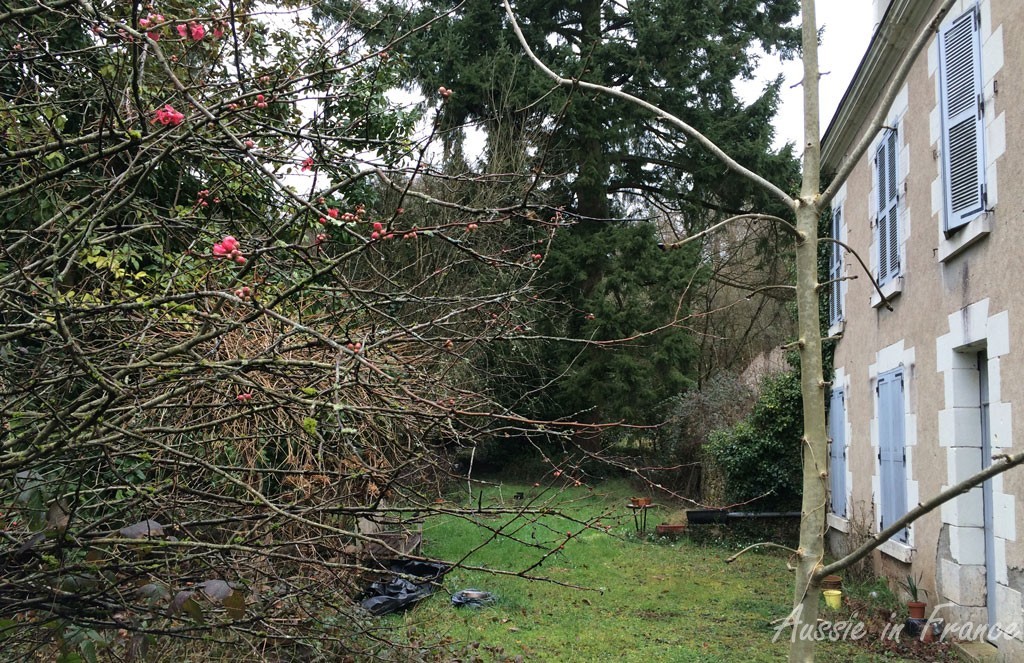
I set out at a fairly brisk pace as it is spitting slightly and I don’t want to get too wet. I keep my eyes open for a photo on the theme of ageing for the City Daily Photo theme day this month, to which I usually contribute with my second blog, Loire Daily Photo. Not a theme I feel particularly keen on at the moment.
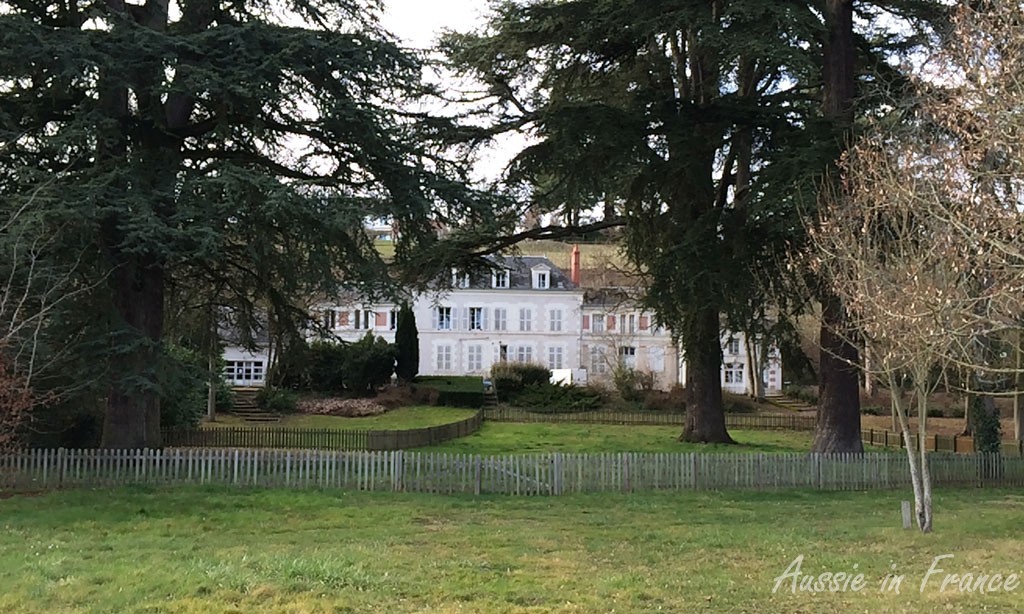
I come across a few possibilities including the local school which, after serving generations of children in Les Grouets, our neighbourhood in Blois, closed last year because there weren’t enough pupils. However, my iPhone photos of it are a little disappointing.
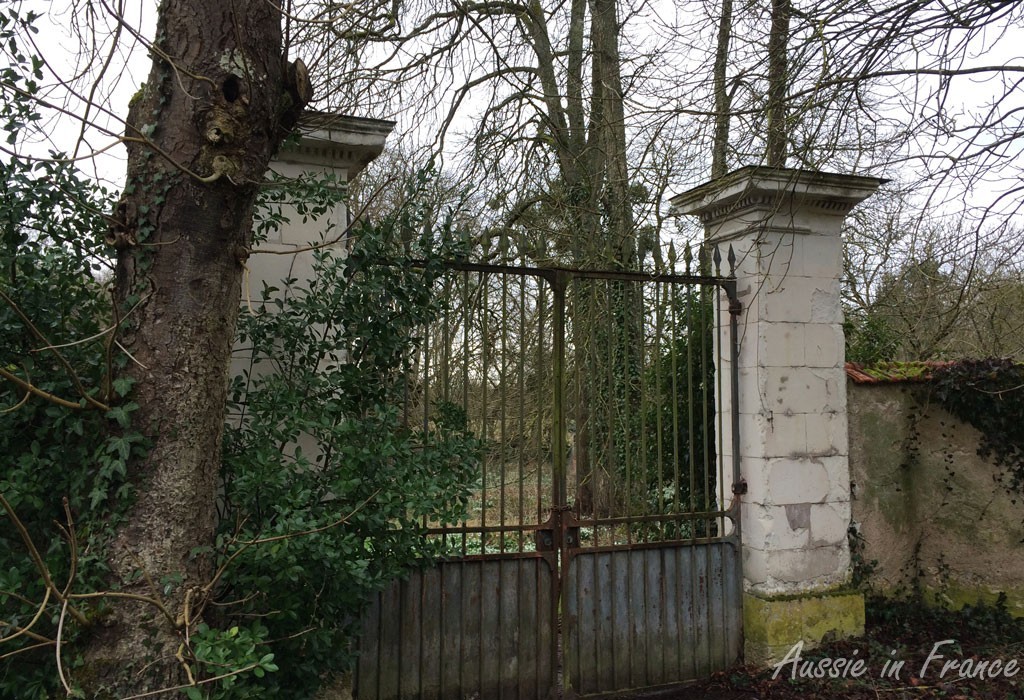
I find a like-looking gate which doesn’t look as though it has been opened for a very long time. The surrounding trees, wall and tiles also look are though they are ageing fast as well.
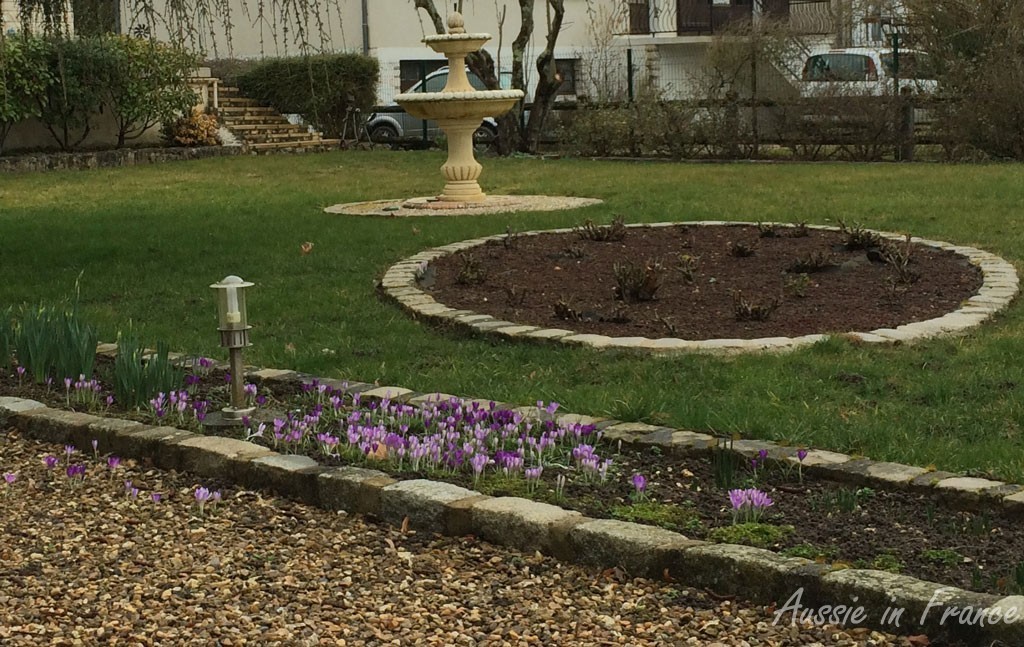
A little further along, I stop, absolutely enchanted by a whole bed of purple crocuses, some of which are growing through the gravel. The gate is open so I go as close as I can without actually setting foot in the property. I don’t want to be found trespassing.
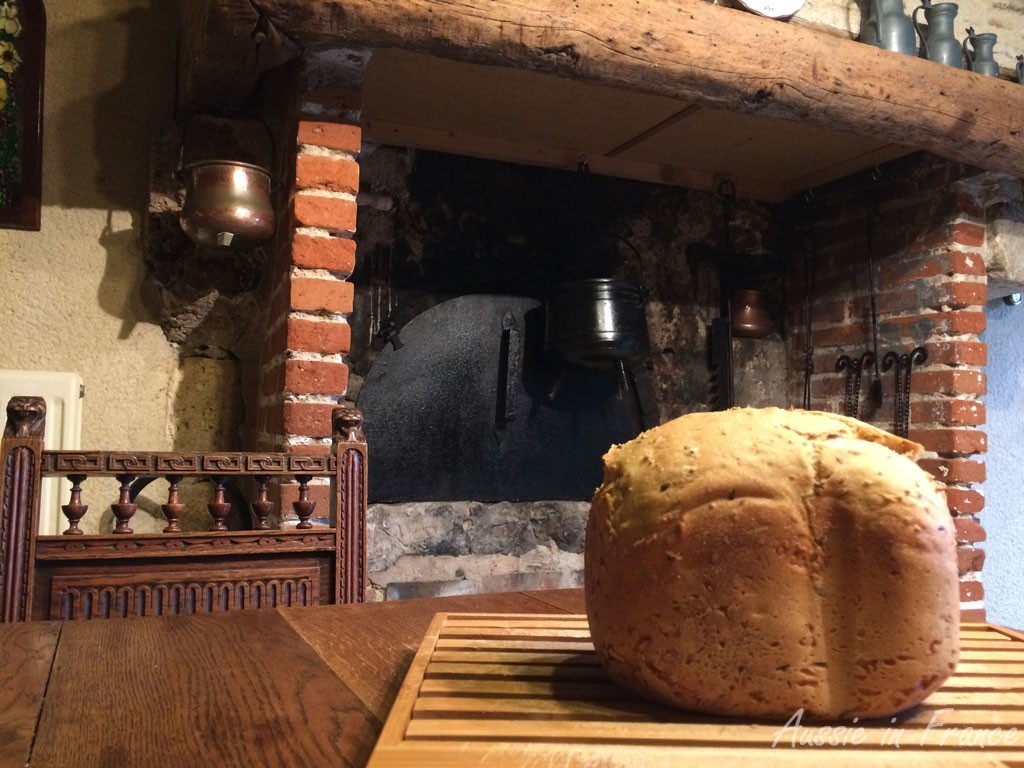
Happy with my find, as it has really brightened a very grey day, I continue towards to mail box, which is just after the organic bakery that unfortunately closed not long after the school. The baker still uses the kitchen but sells his bread elsewhere. It’s also where I buy 5-kilo sacks of flour and smaller amounts of grains to make my multi-grain bread.
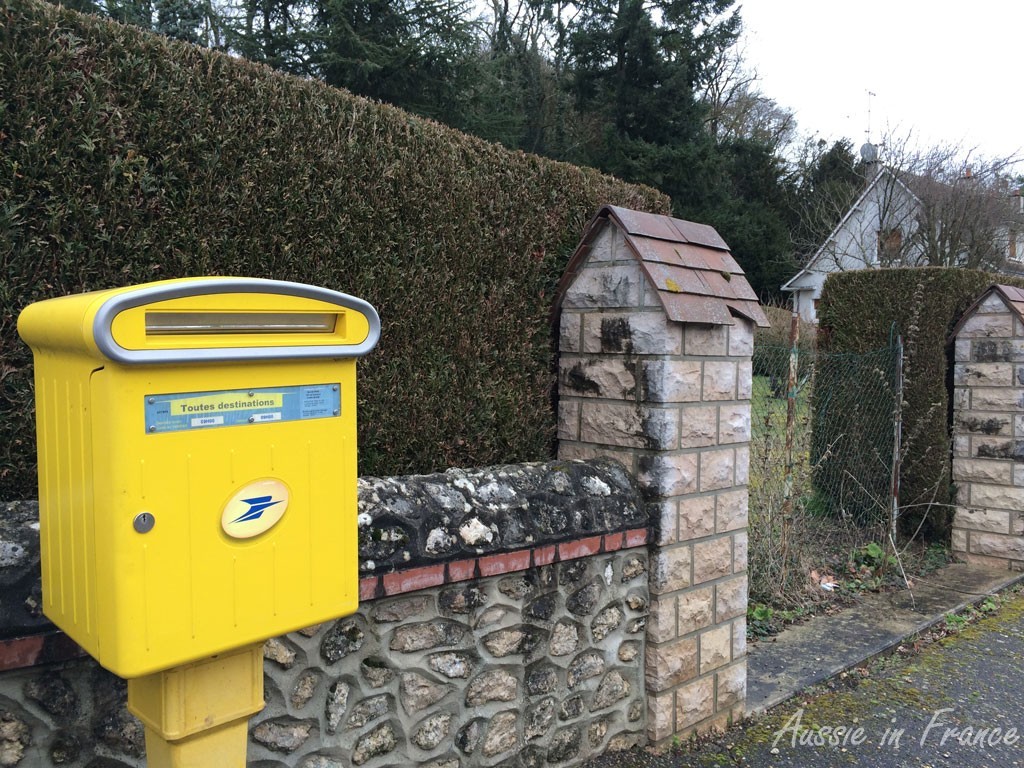
As I go to post my letters, I discover one’s missing. Oh dear ! What’s more, it’s Jean Michel’s chez for Renault who accidentally charged him 1.01 euro on his Visa card instead of 101 euro and obviously wants him to pay the difference … I start walking back, hoping that the letter has fallen face up and not face down in the mud and that no one has run over it!
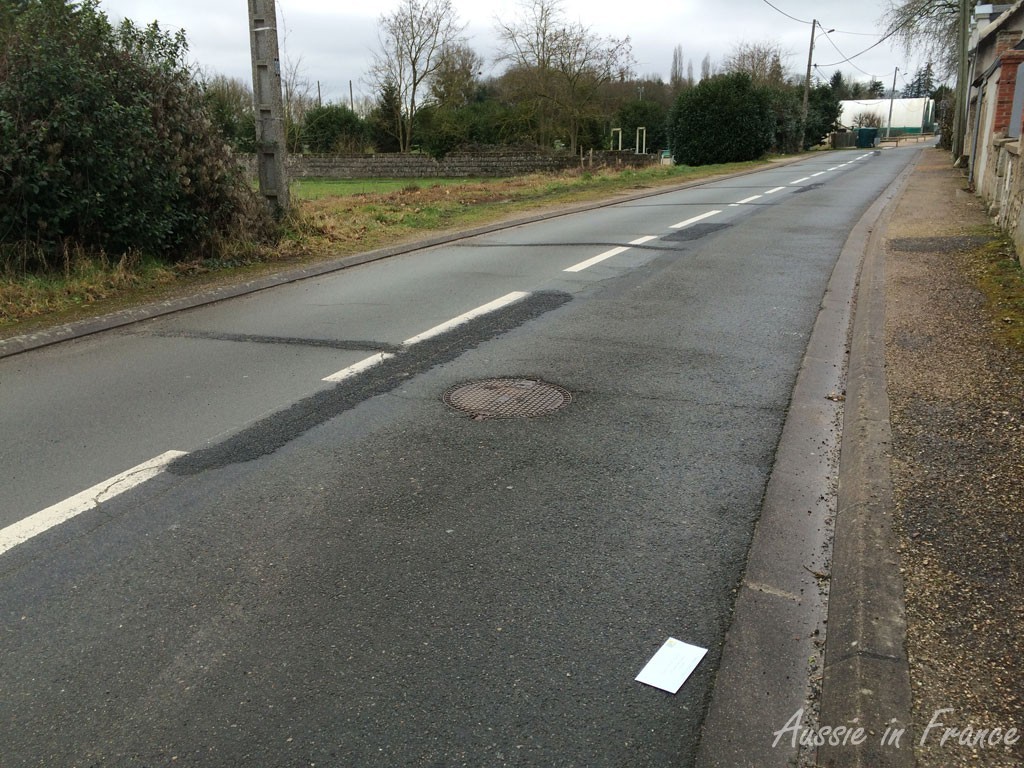
Fortunately I eventually spy it on the road. It’s the right way up and the letters aren’t smudged. I go back to the post box wishing it wasn’t so far away.
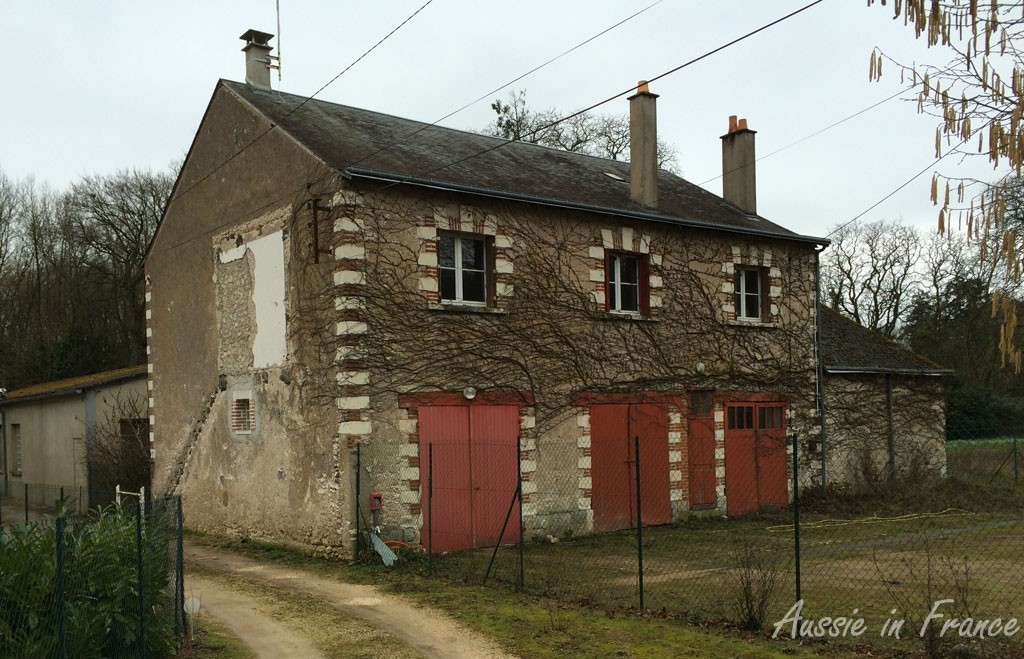
On the way back I notice a barn with three doors which we might be able to use as inspiration for our barn which Jean Michel is going to turn into a garage as part of our renovation plan.
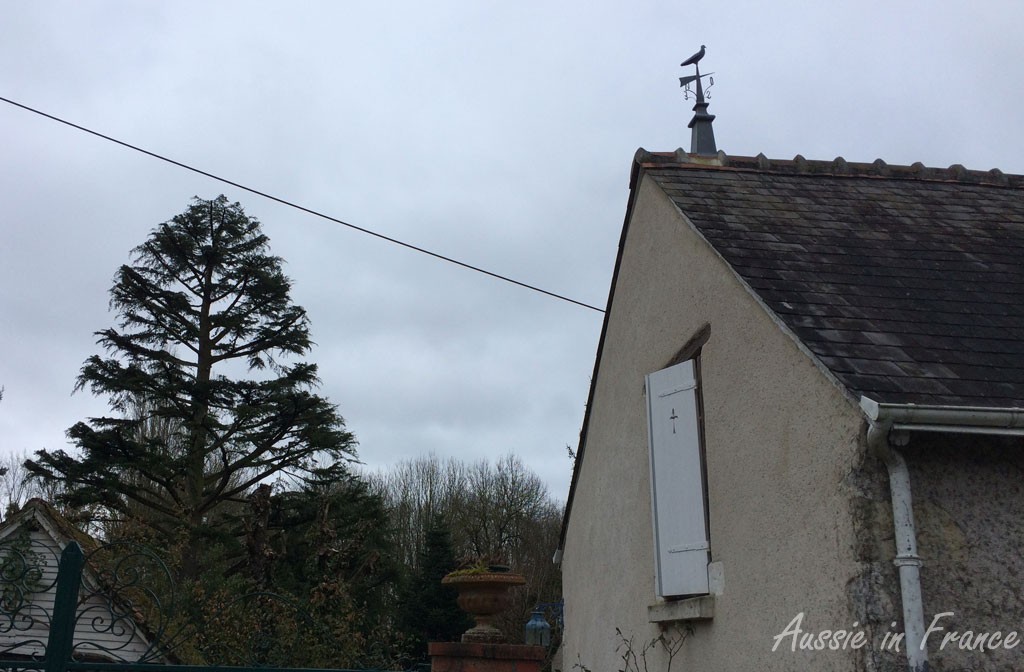
I arrive exactly on time at Françoise’s house. Liliane is already there so we play ladies and drink our tea in yet another set of Françoise’s many porcelain teasets which she inherited from her mother. I am just so fortunate to have made such wonderful friends in the same street before even moving to Blois. It can take years to be part of a community when you move.
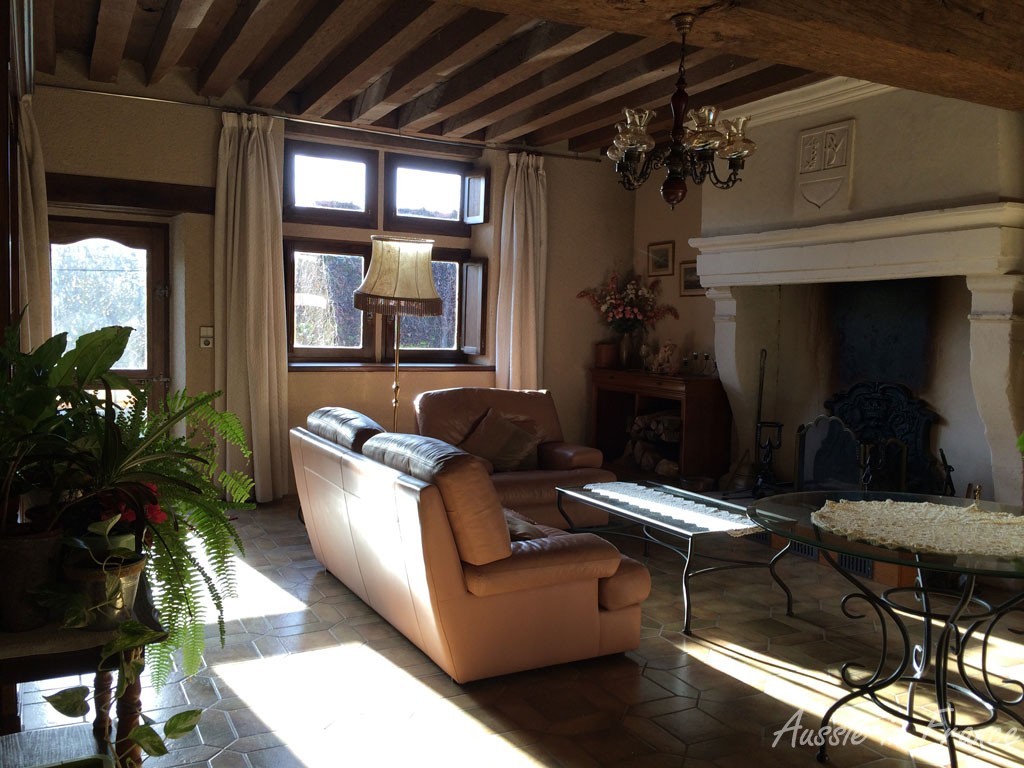
After about an hour, I go home to have a second pot of tea with Jean Michel who’s working on the shutters for our glass doors. I can’t find him although I can hear him answering me. I eventually realise he’s inside the house but since there are no lights on, I find it a bit strange. It turns out that he’s lying in the half-dark on the sofa in living room.
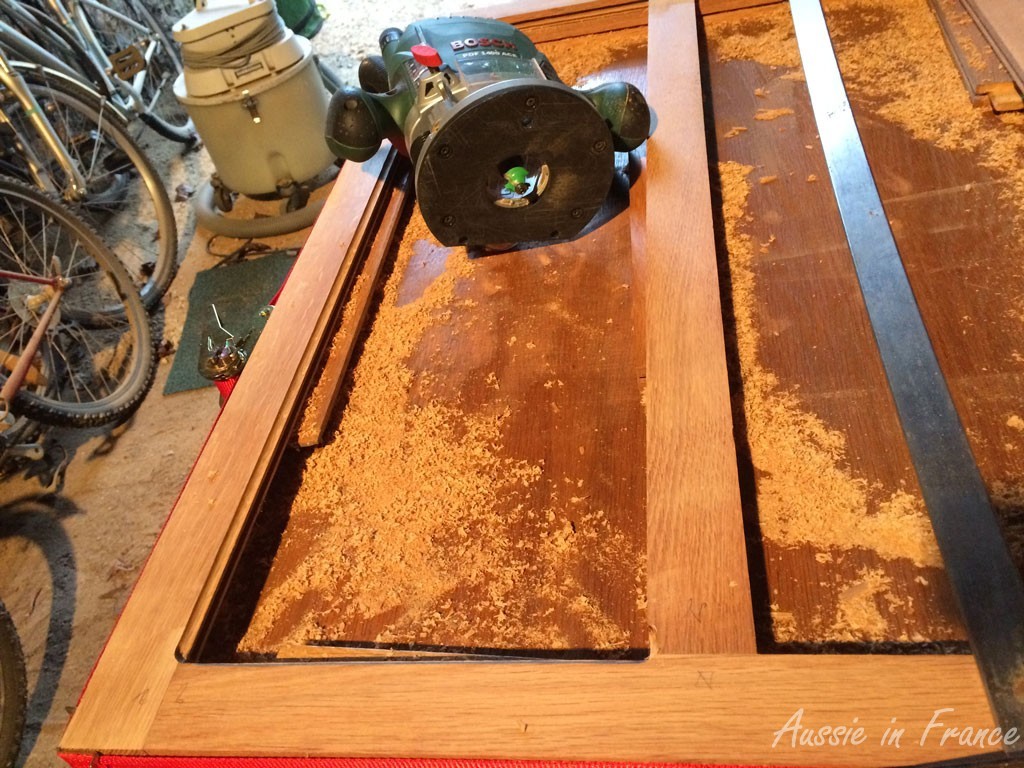
This is so unlike him that I am immediately worried. He explains that he’s been using the plunge router on the new shutters. A screw came loose and caused a bigger gouge than he intended. Since using the plunge router requires considerable concentration and creates a lot of physical tension, he decided to stop and lie down for bit. (Just in case you’re wondering what a plunge router is, it’s a power tool used to rout or hollow out an area in the face of a woodpiece, typically wood or plastic as in the photo above).
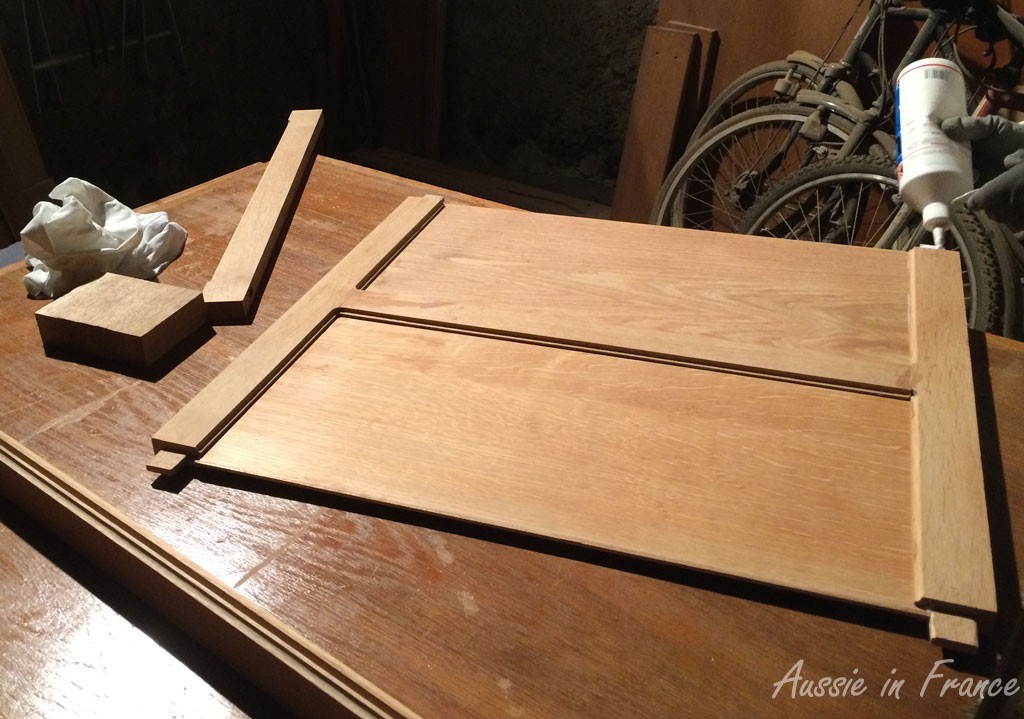
I make a pot of tea but don’t have any myself or I’ll be totally water logged. I then go with him to inspect the gouge which doesn’t look that catastrophic. By then, he’s feeling better and is able to finish the shutter without any further problems.
The glass doors and shutters are now finished. I’ll tell you about them in detail in another post.





